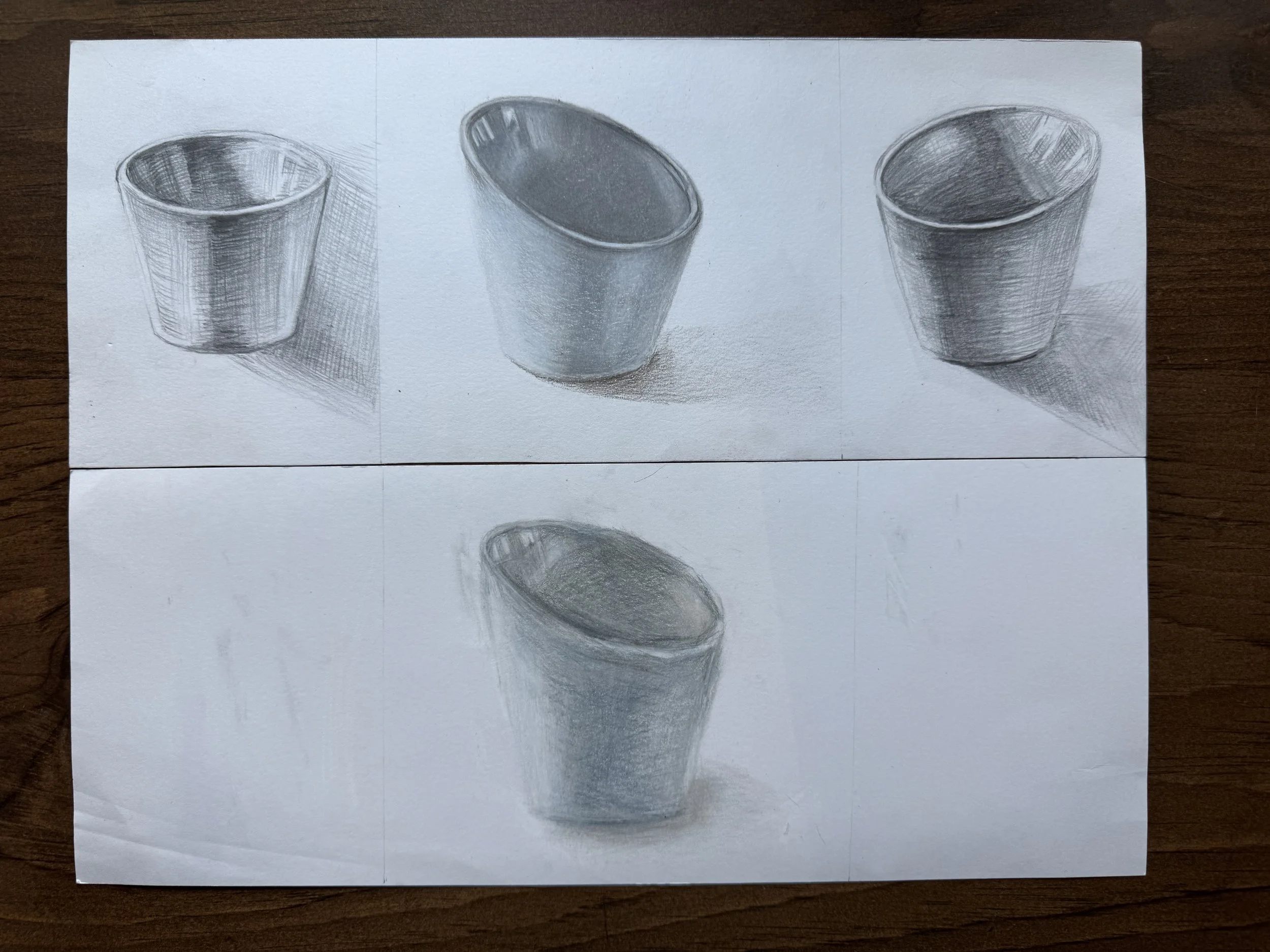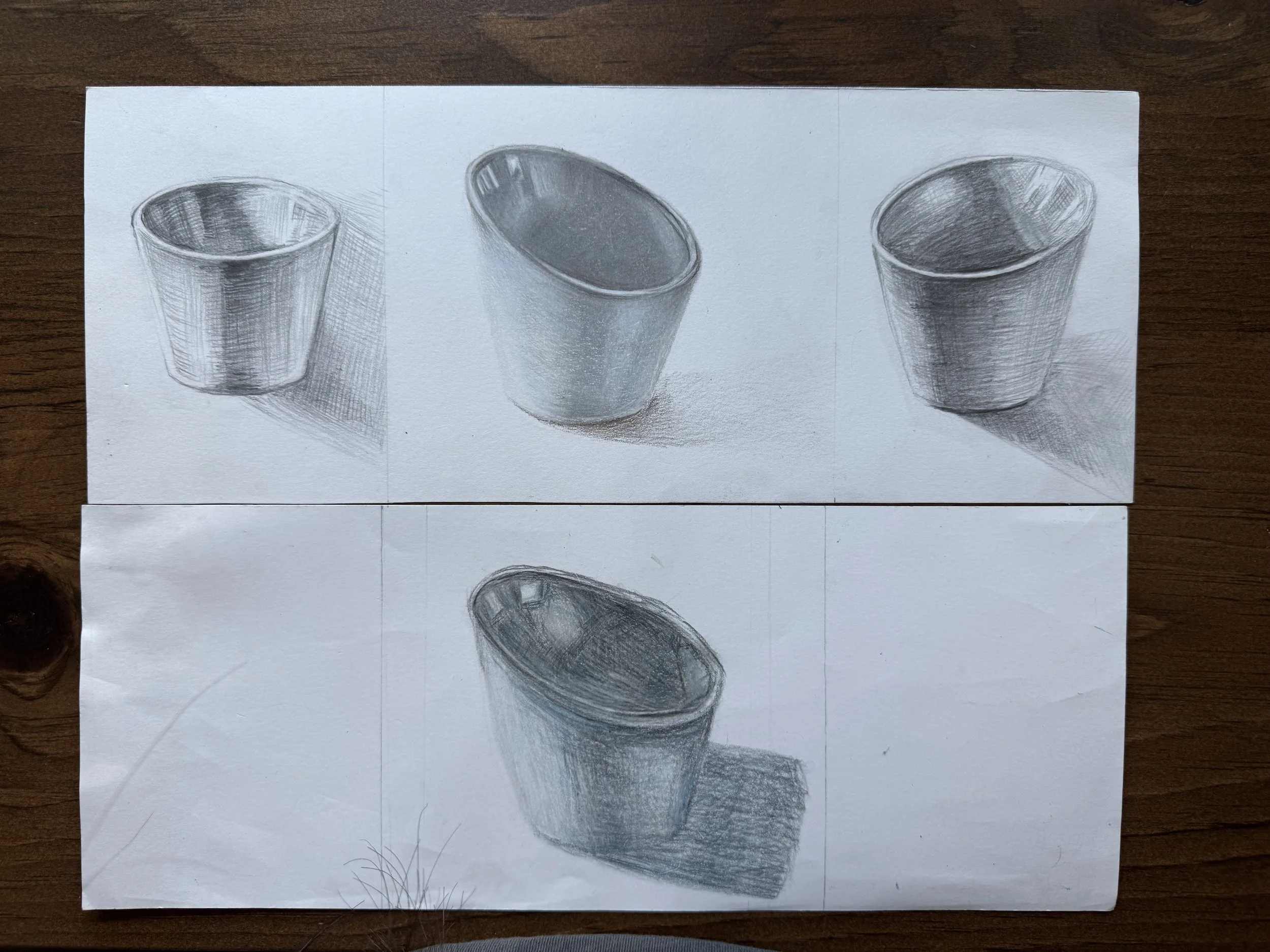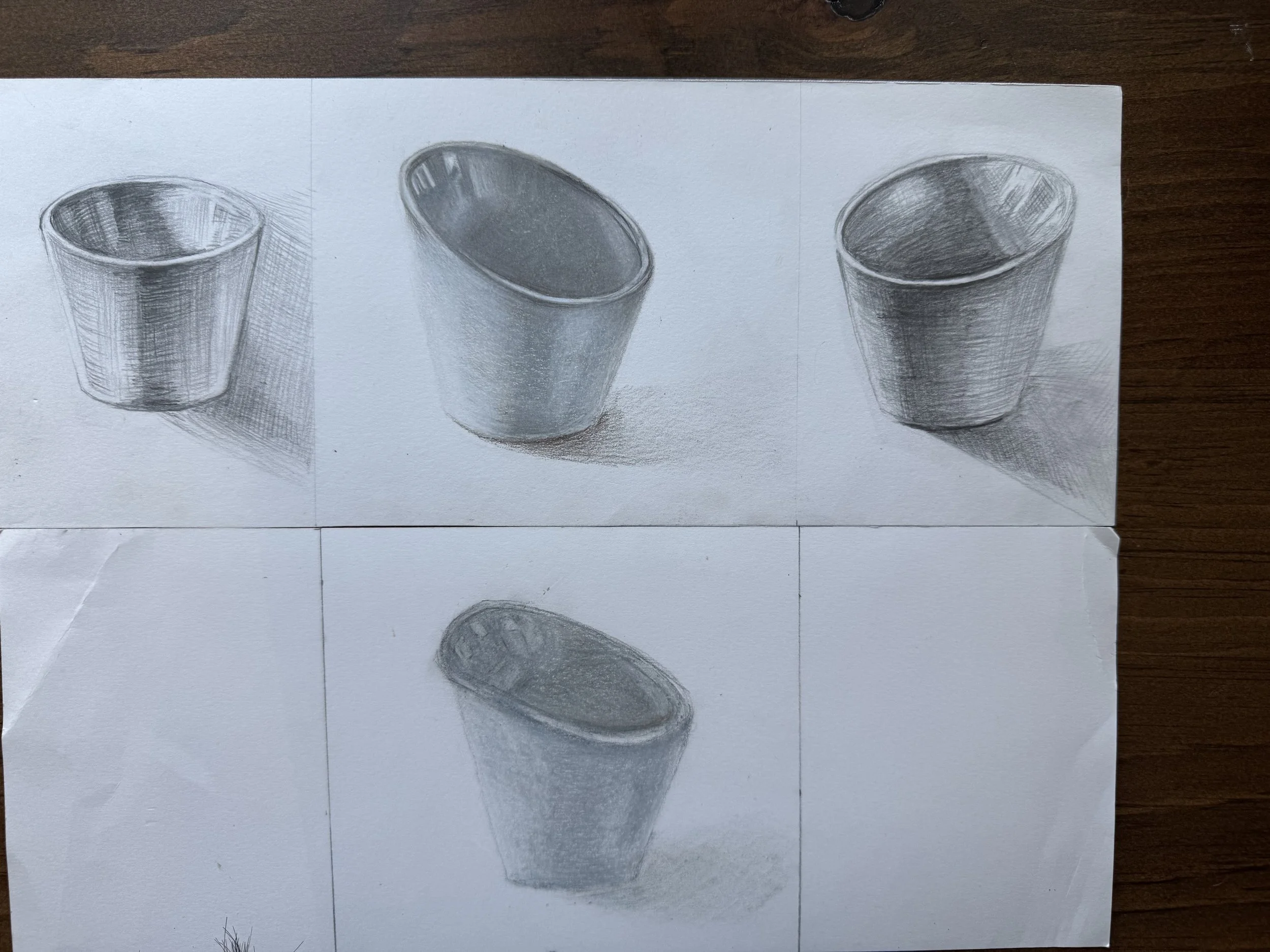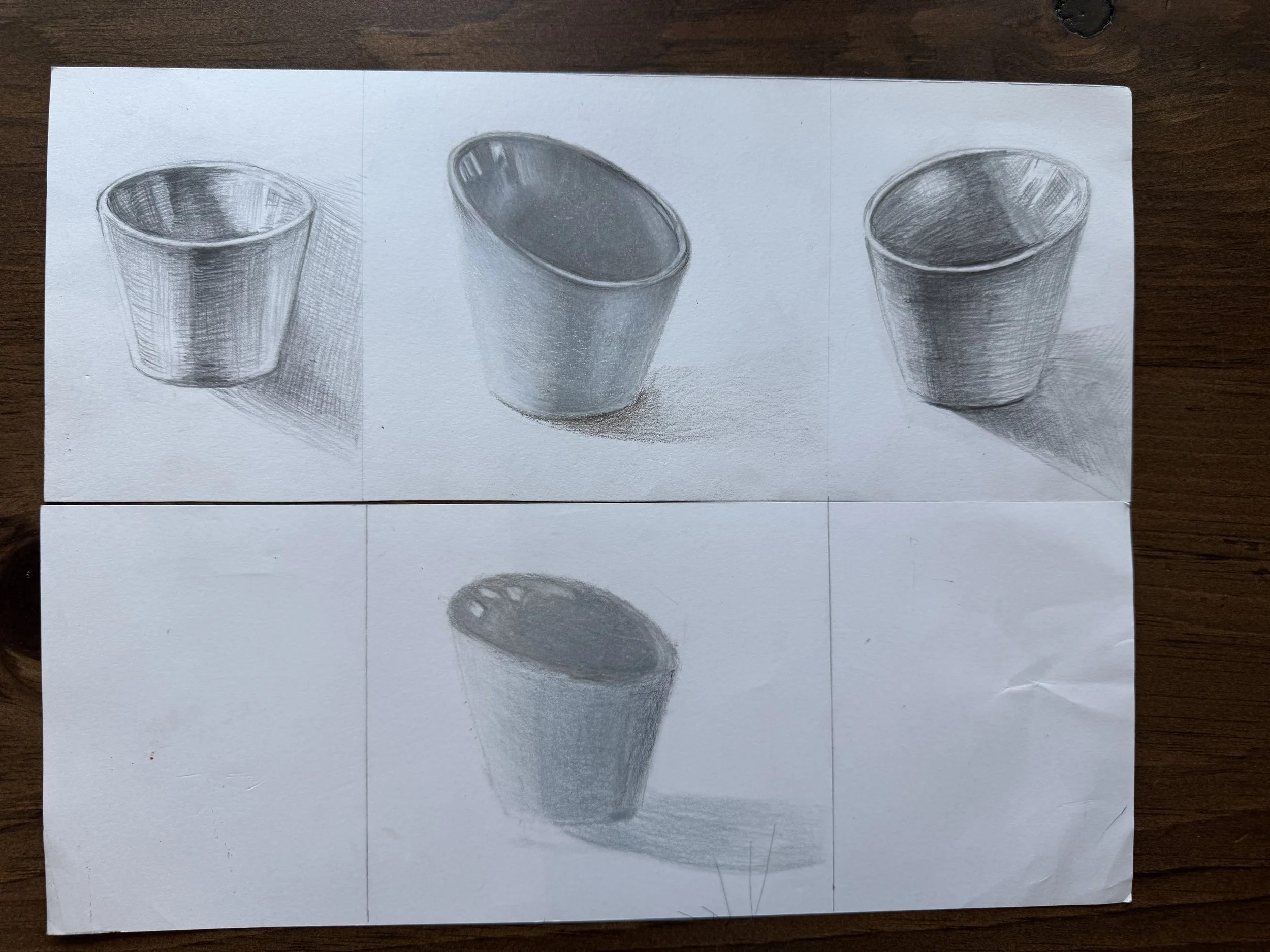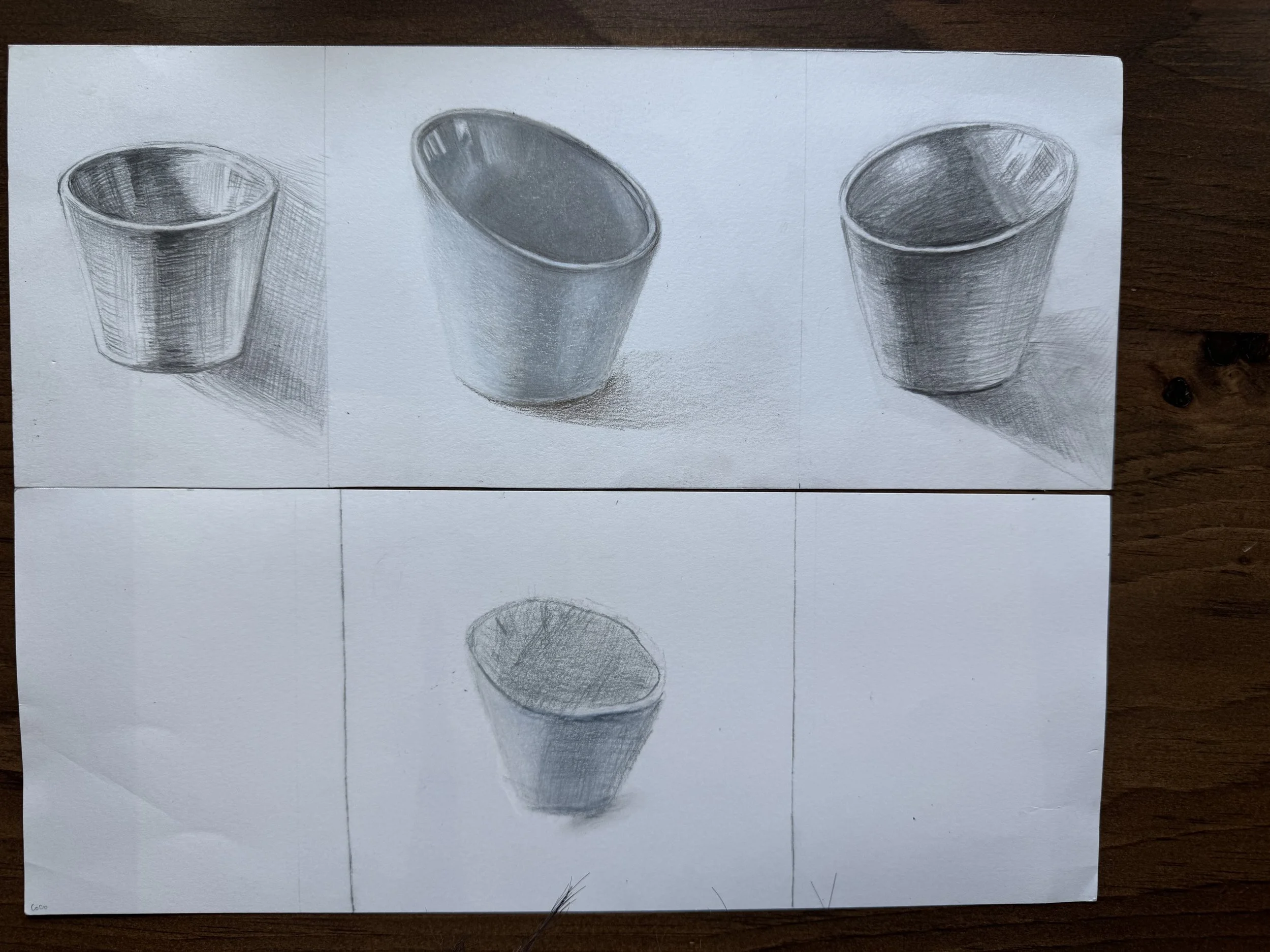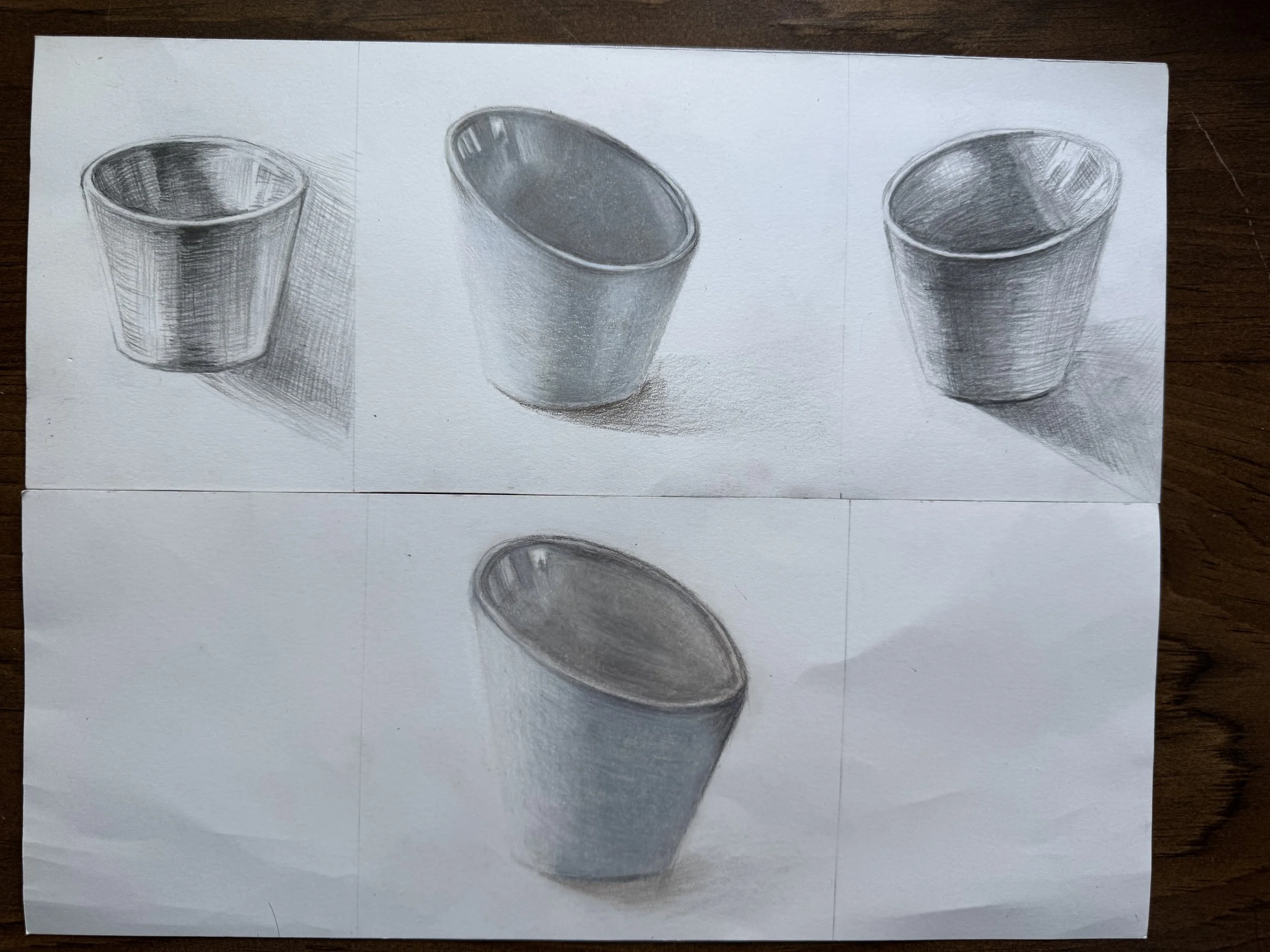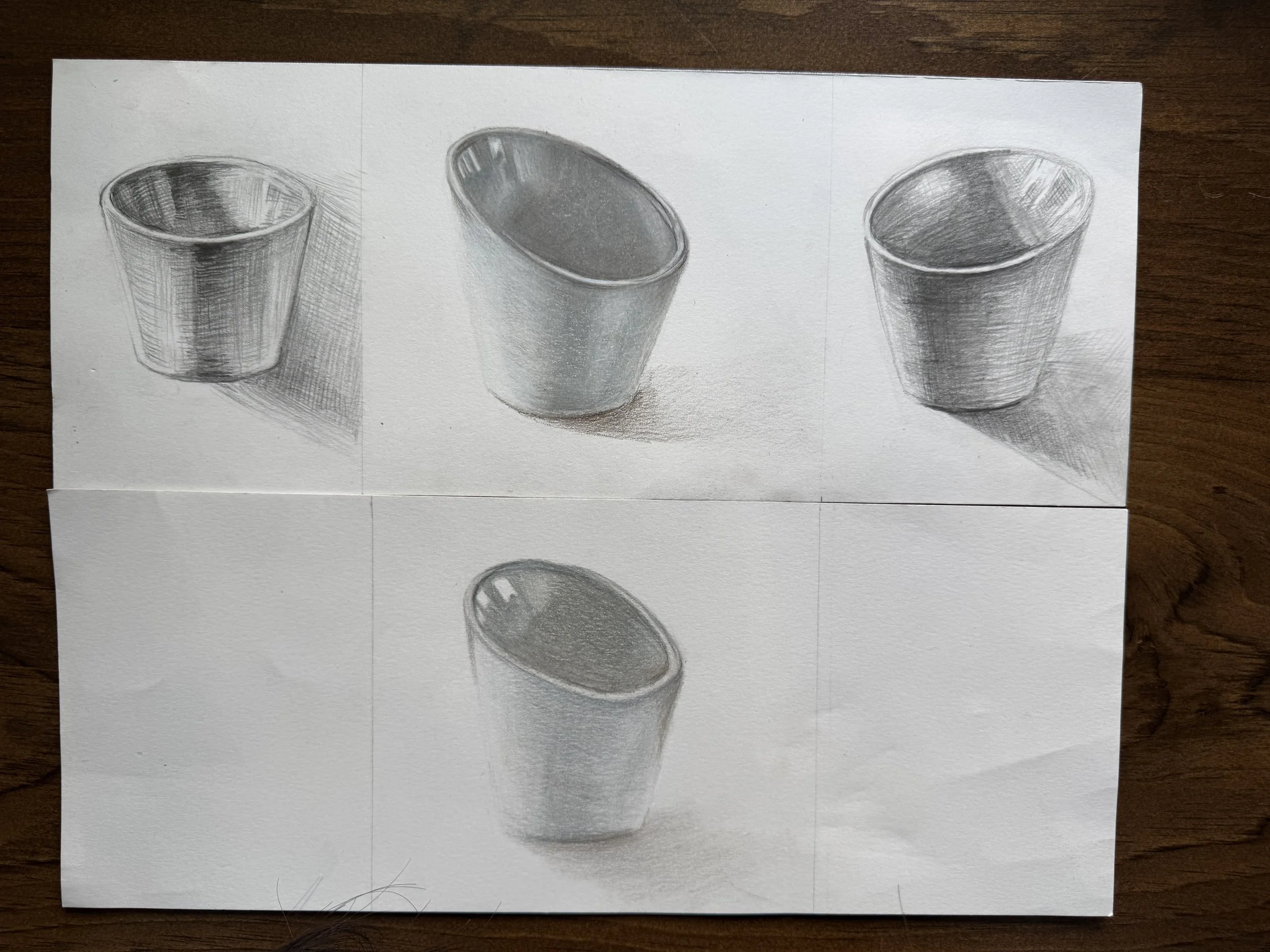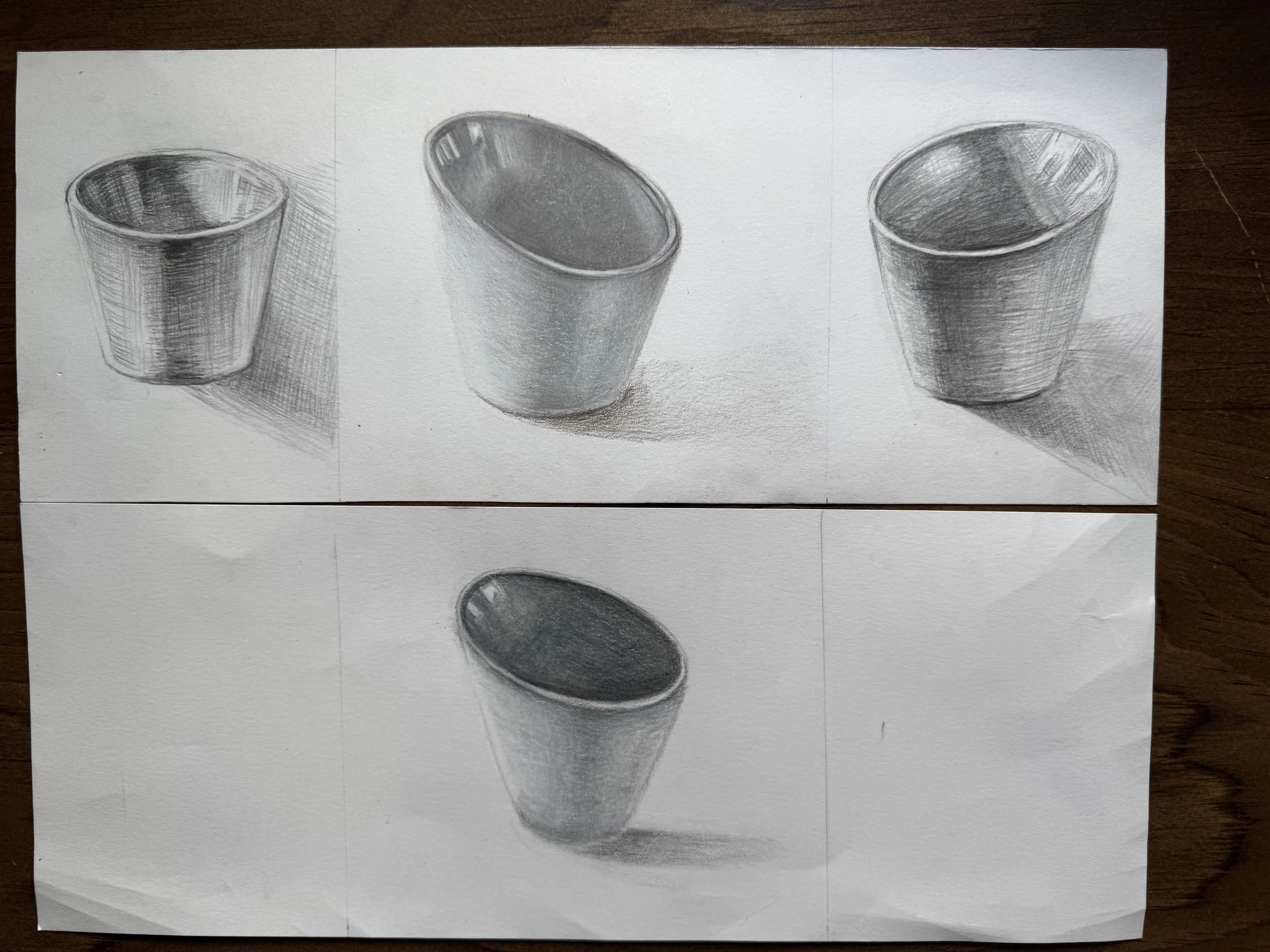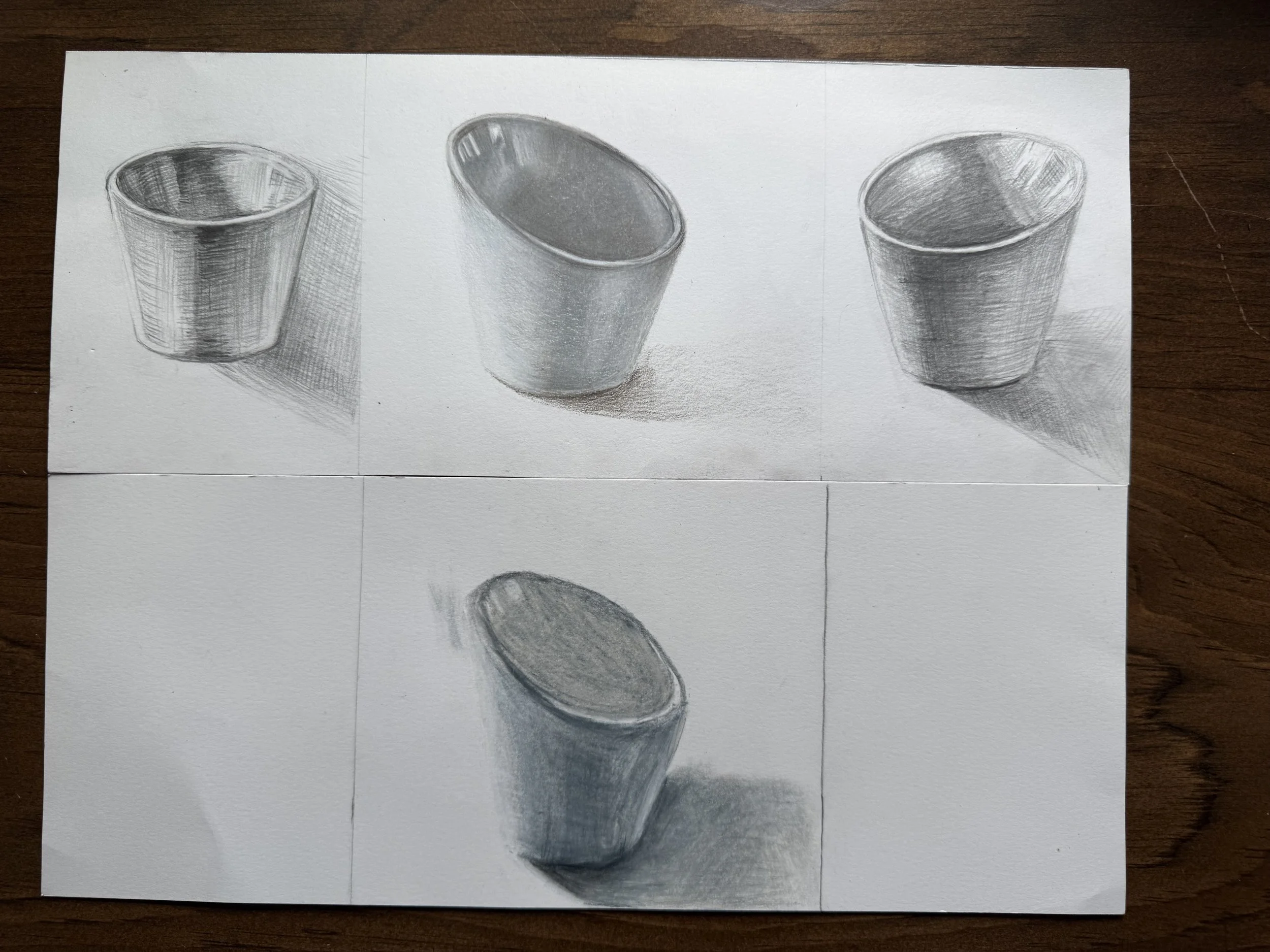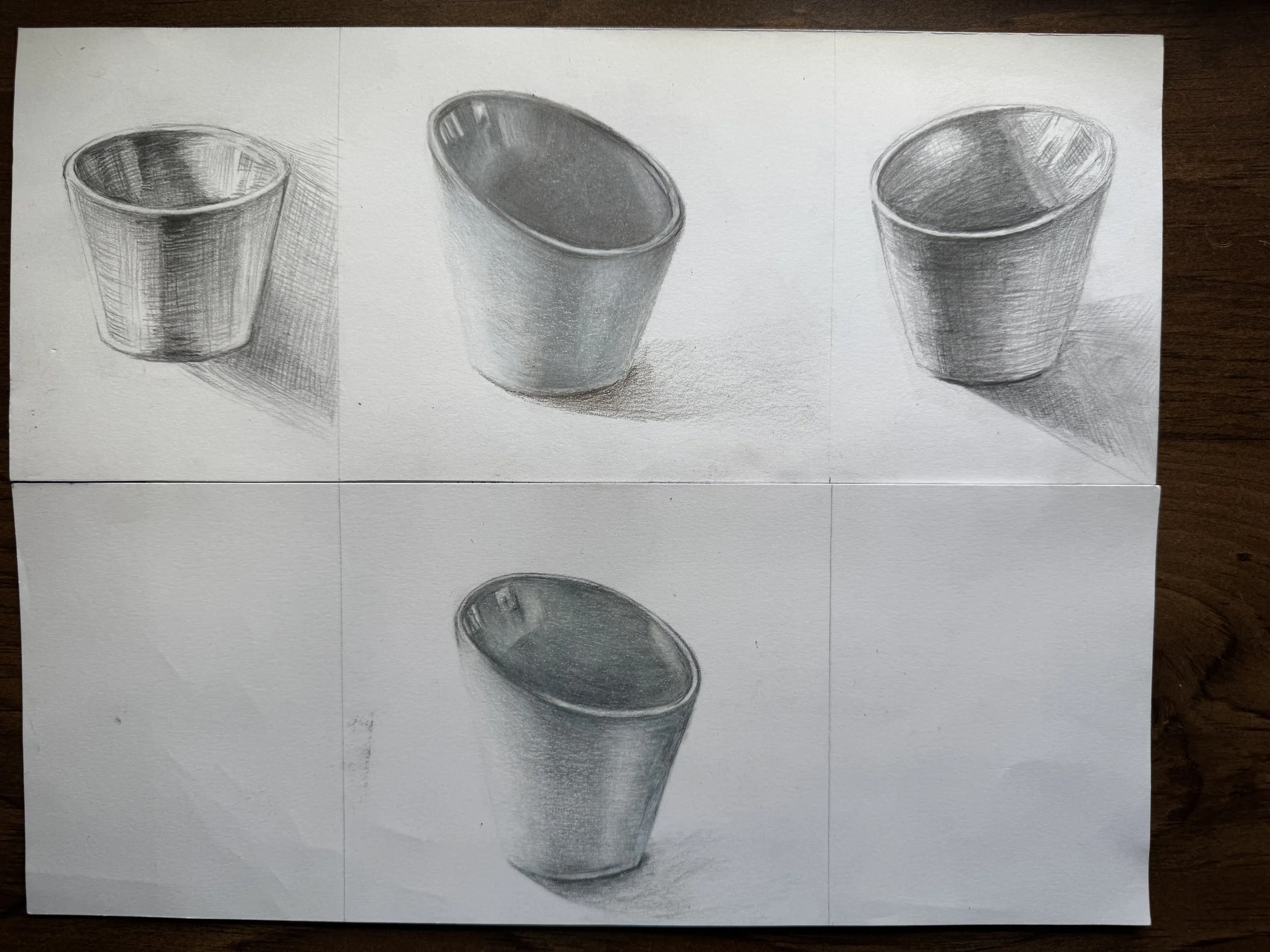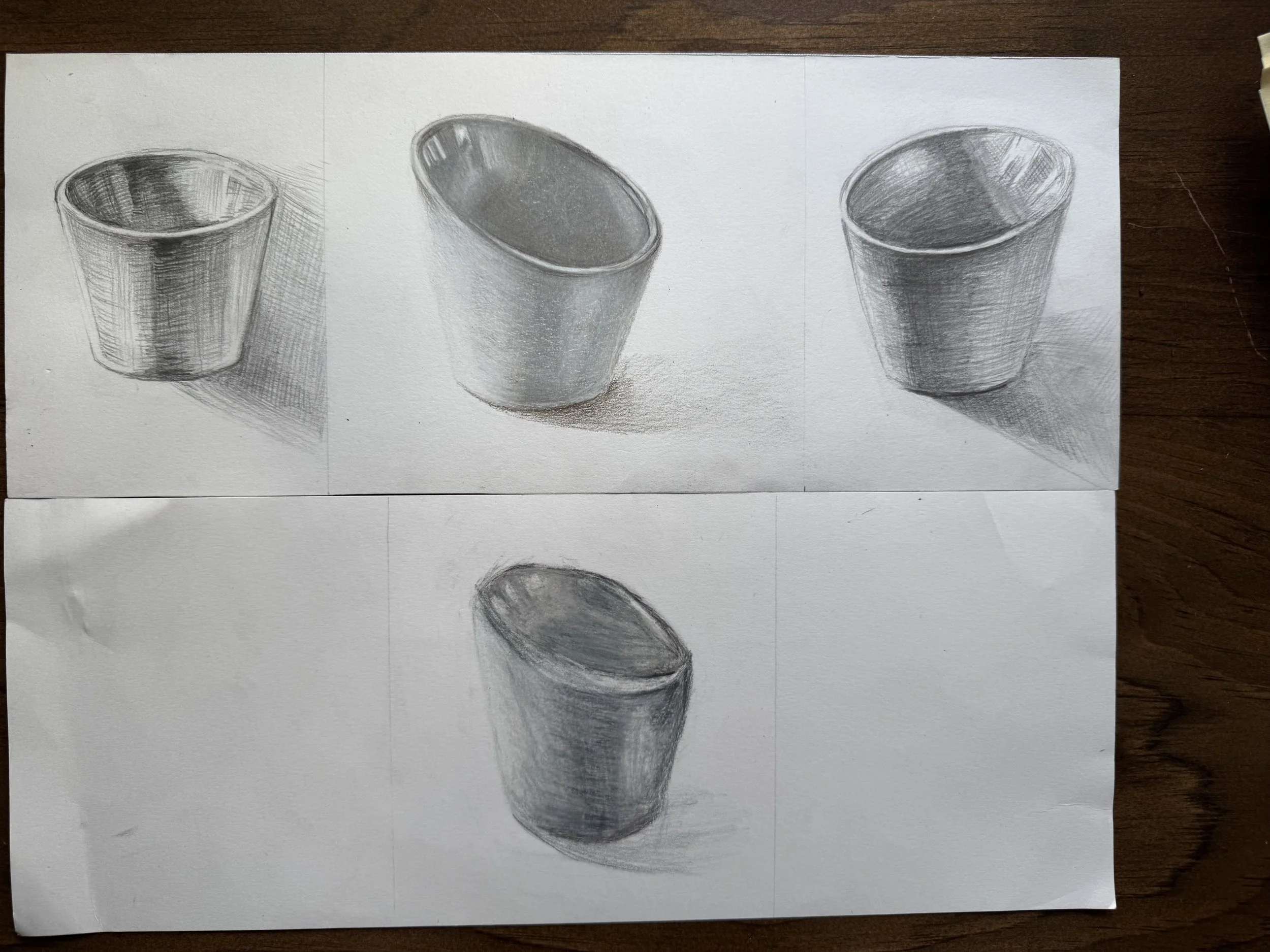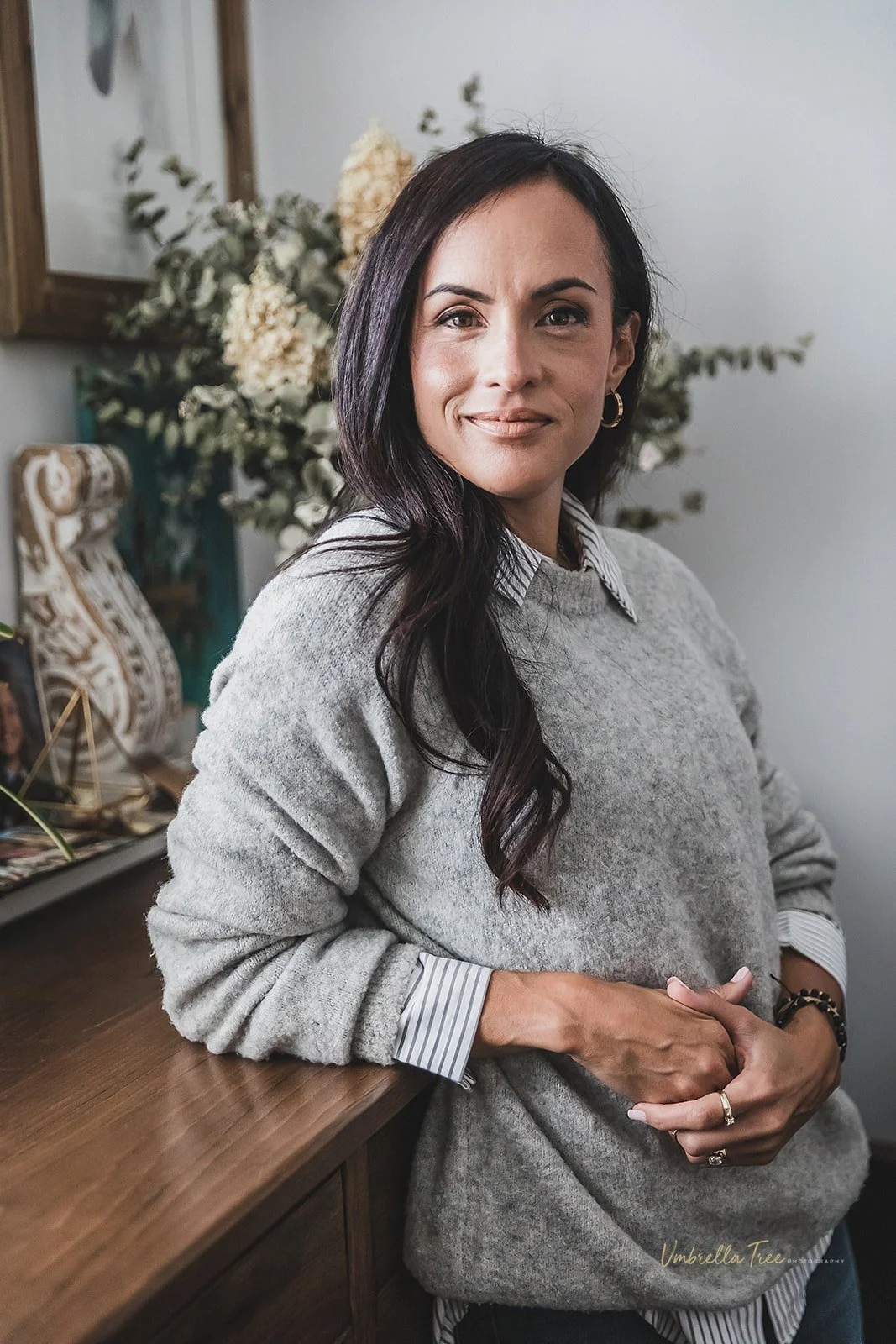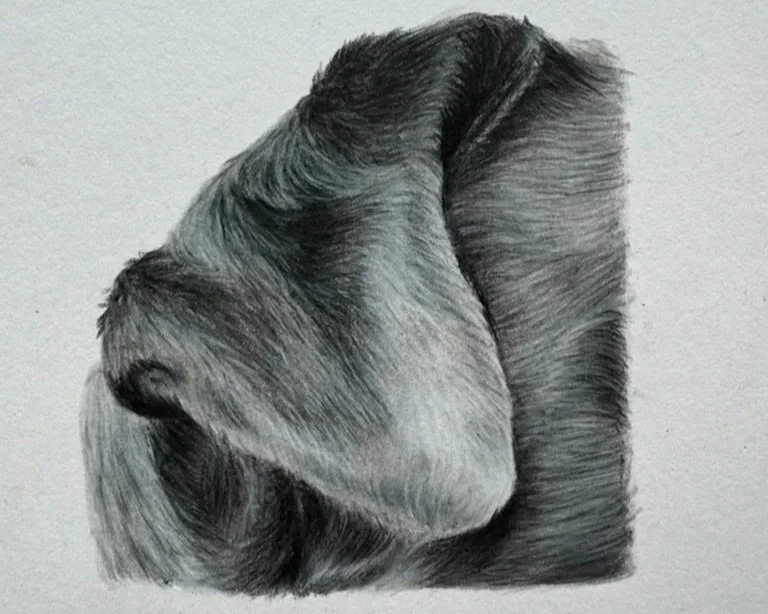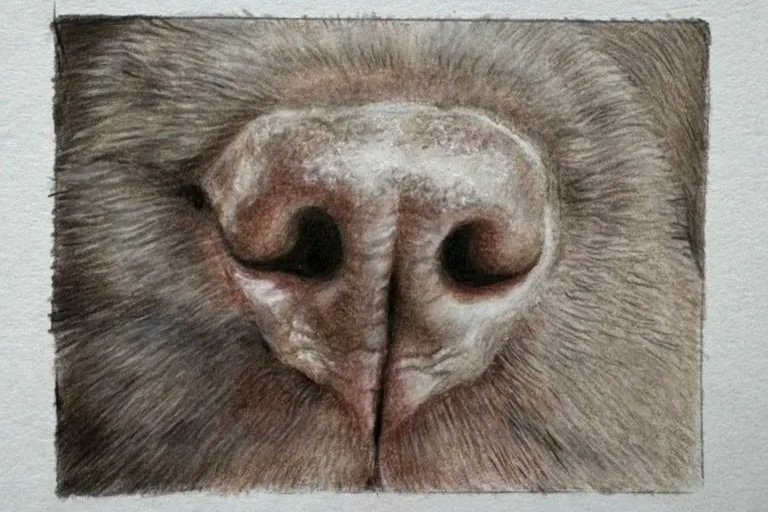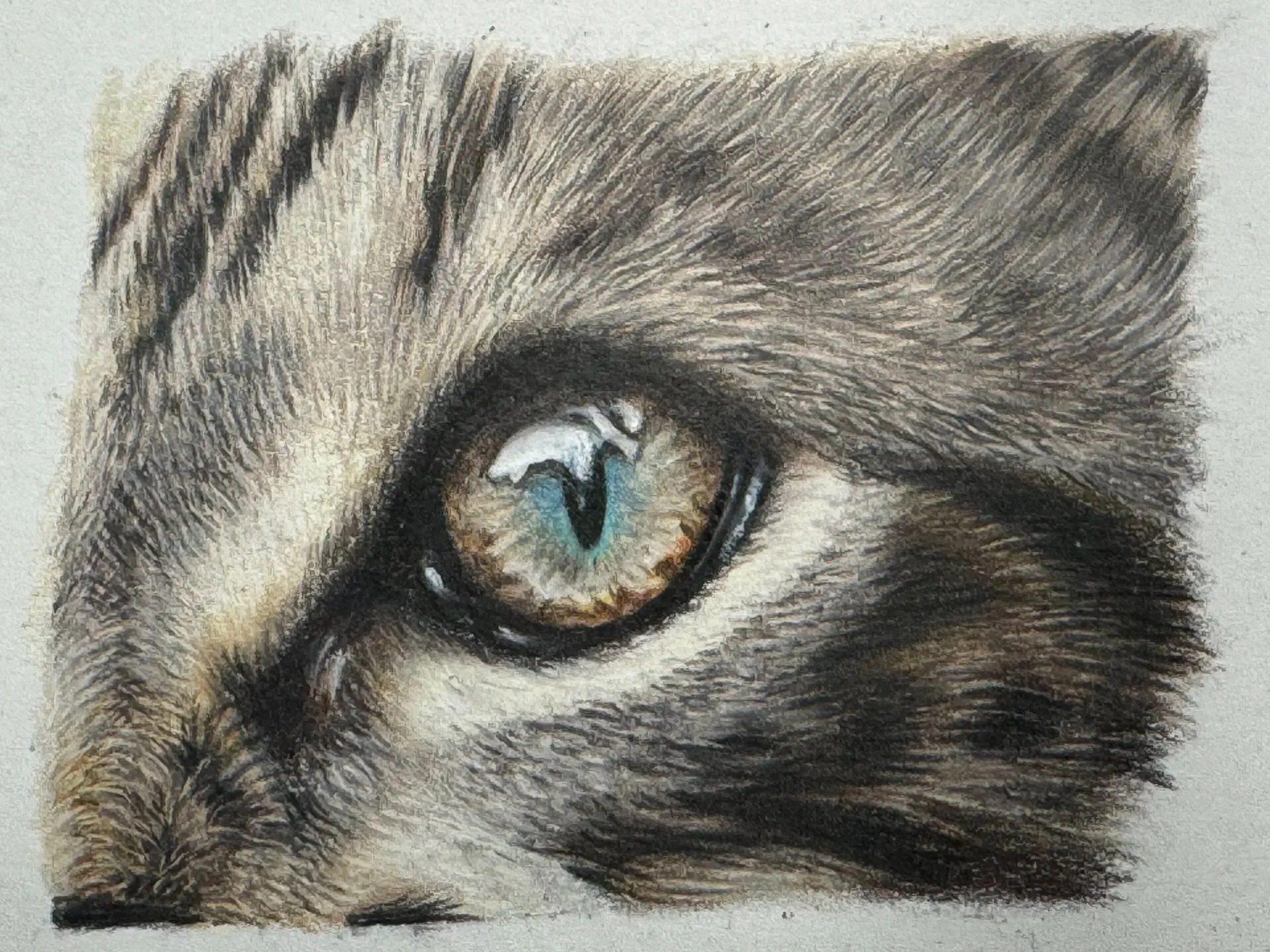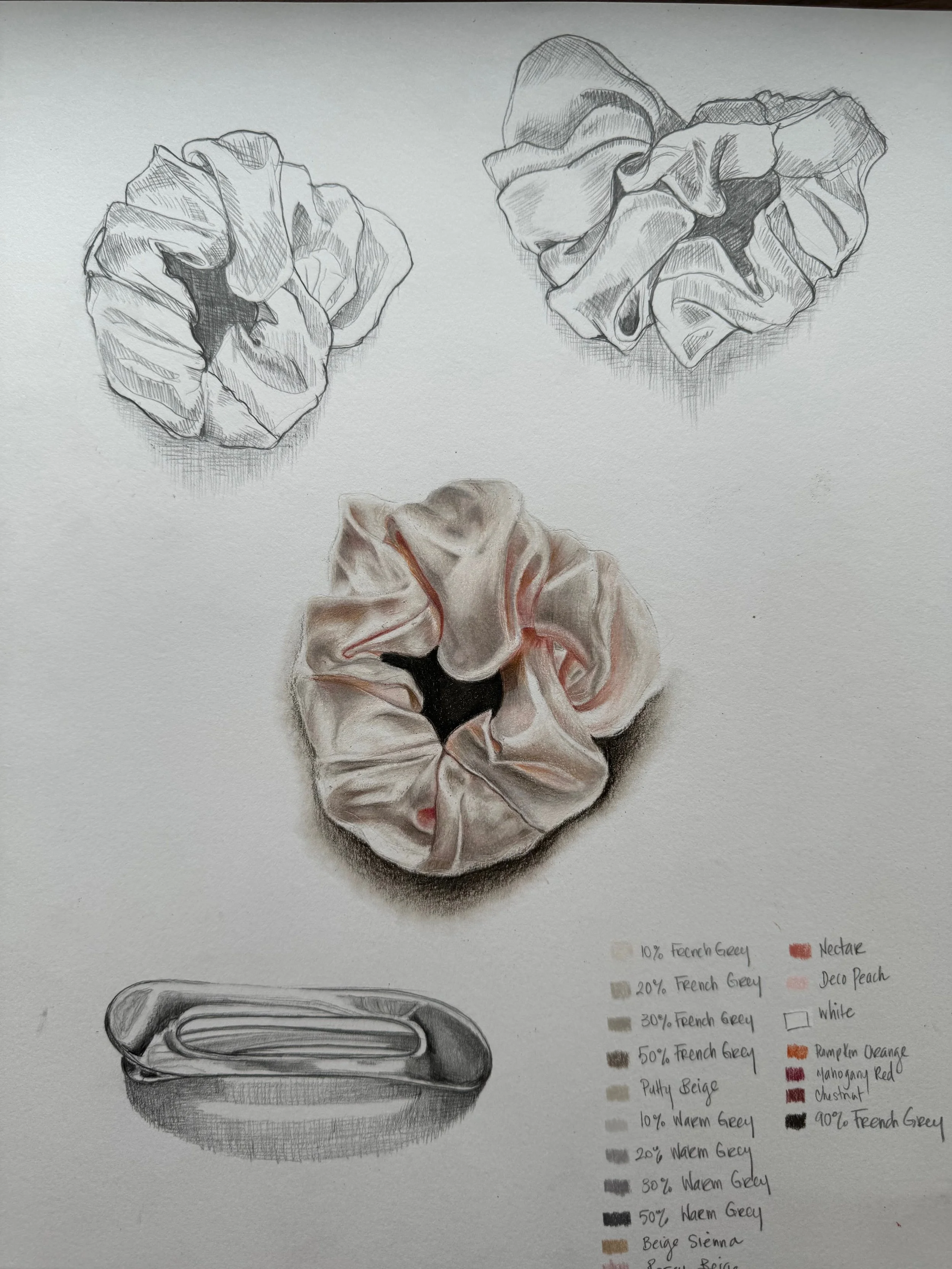Welcome to My Fine Art Academy
I’ve been given the incredible opportunity to share my craft with high school students, and the experience has been truly life-giving. Drawing from my background as a commissioned realism artist and apparel designer, I’m able to bring real-world creative insight into the classroom. Each unit I’ve developed is thoughtfully designed to meet the BC Curriculum learning outcomes while engaging students in projects that build critical thinking, creativity, and resilience. Through these hands-on experiences, students are encouraged to challenge themselves, think deeply, and discover their unique artistic voice. Below are examples of some of the projects my students have completed..
Realistic Animal Portrait Project
Over the course of several weeks, my grade 11 and 12 students were asked to practice a series of coloured pencil exercises to form their understanding of realism techniques. For their final project, students were asked to choose an animal to demonstrate the techniques they learned.
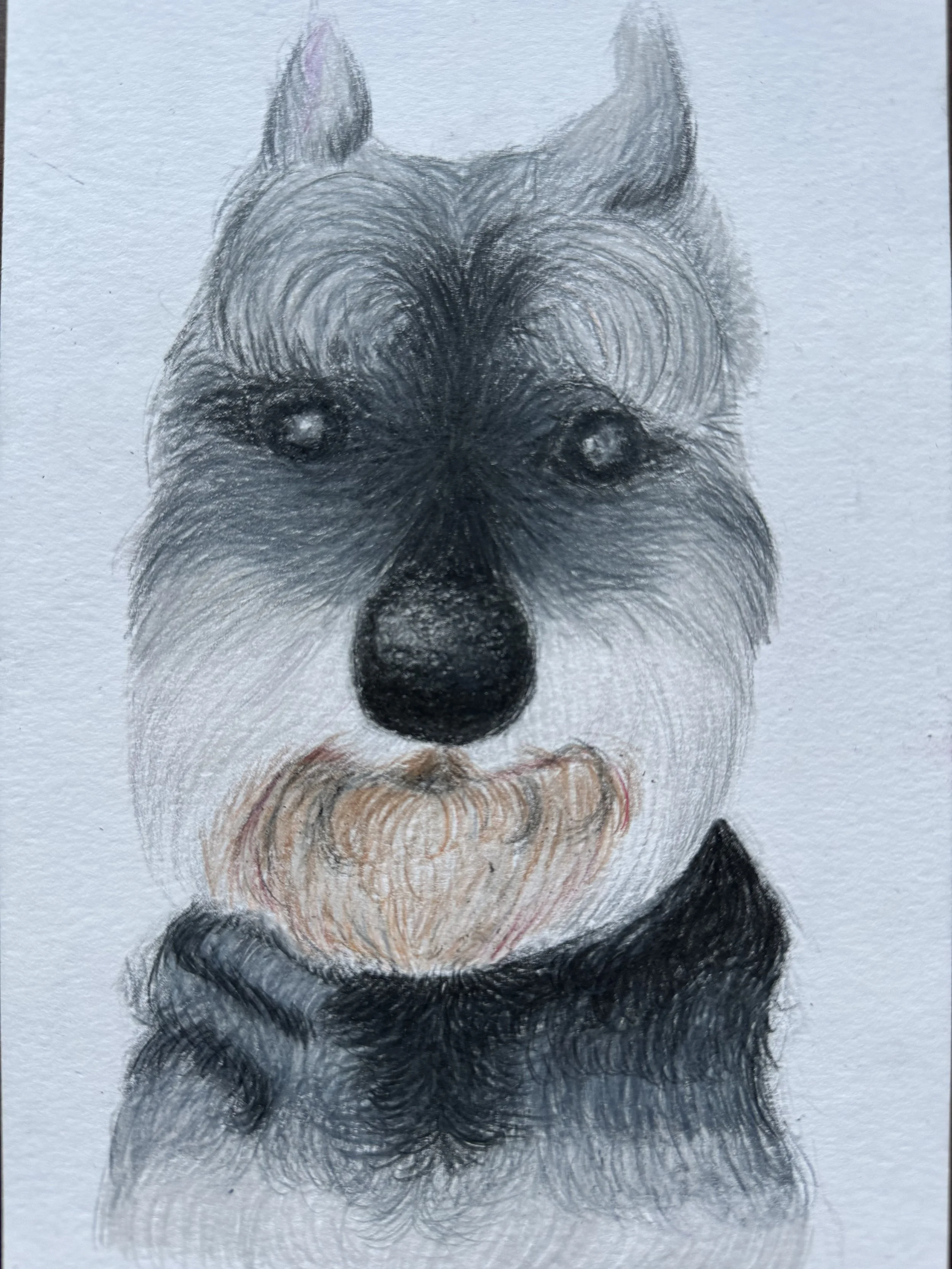


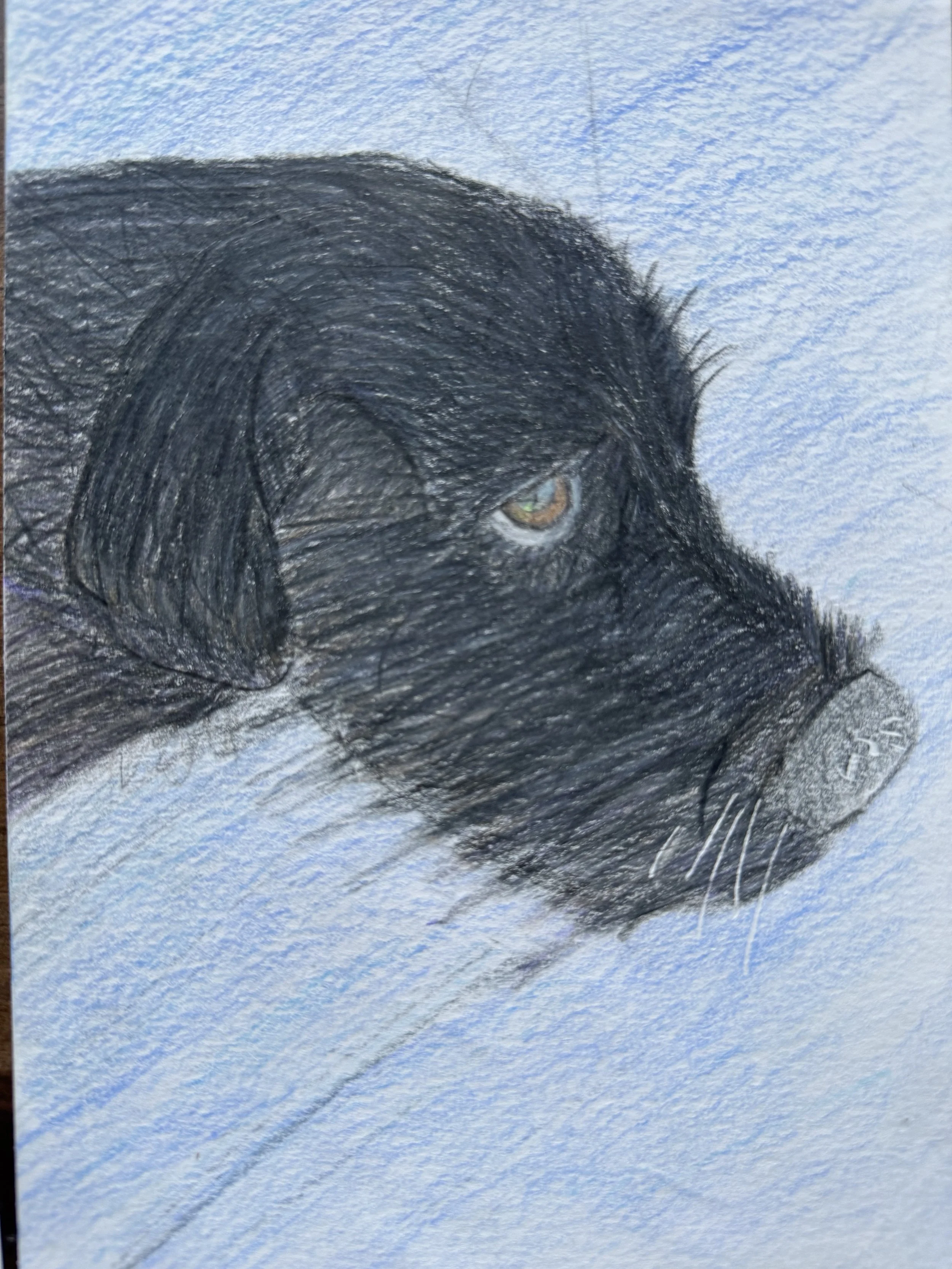

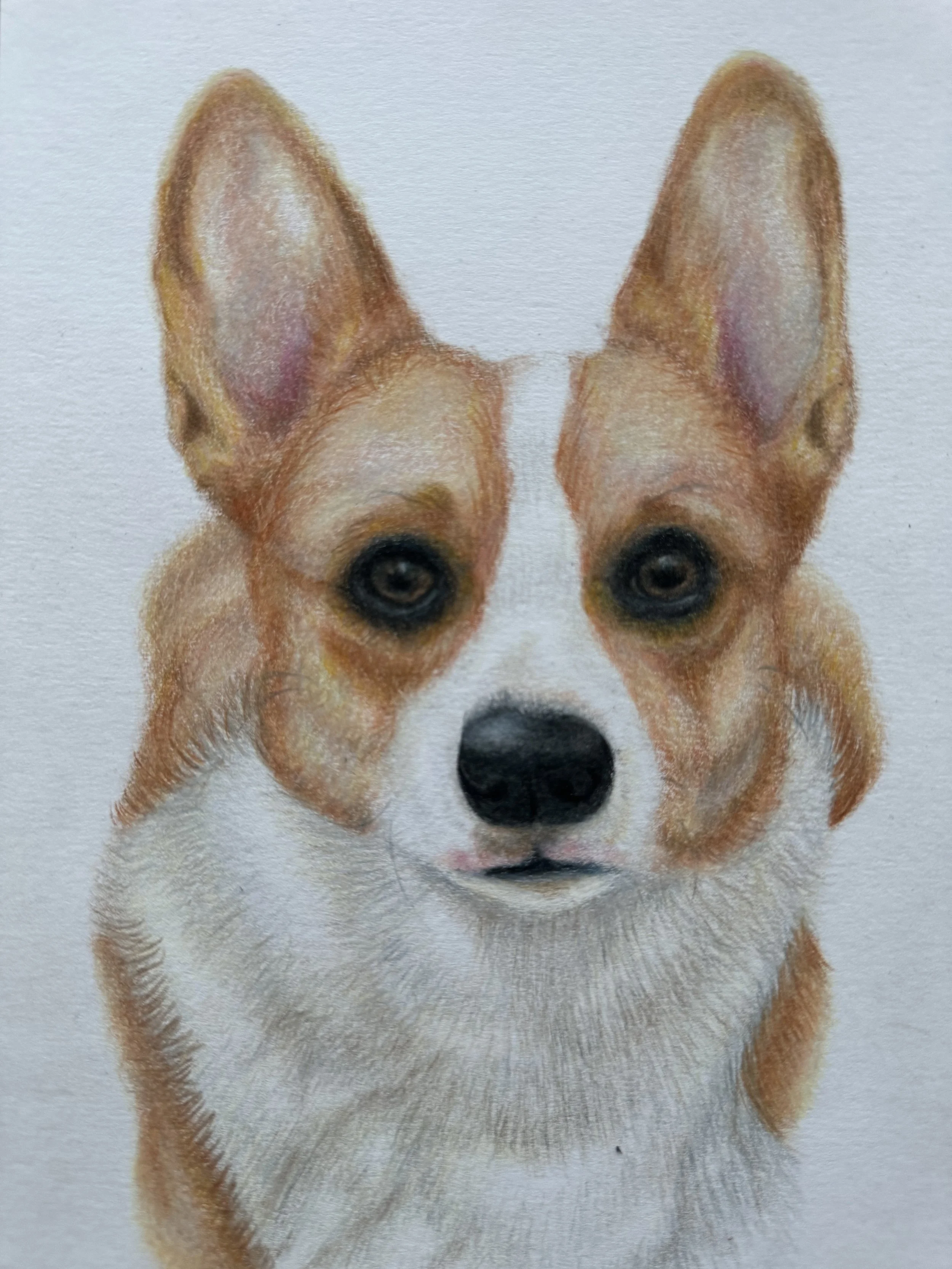
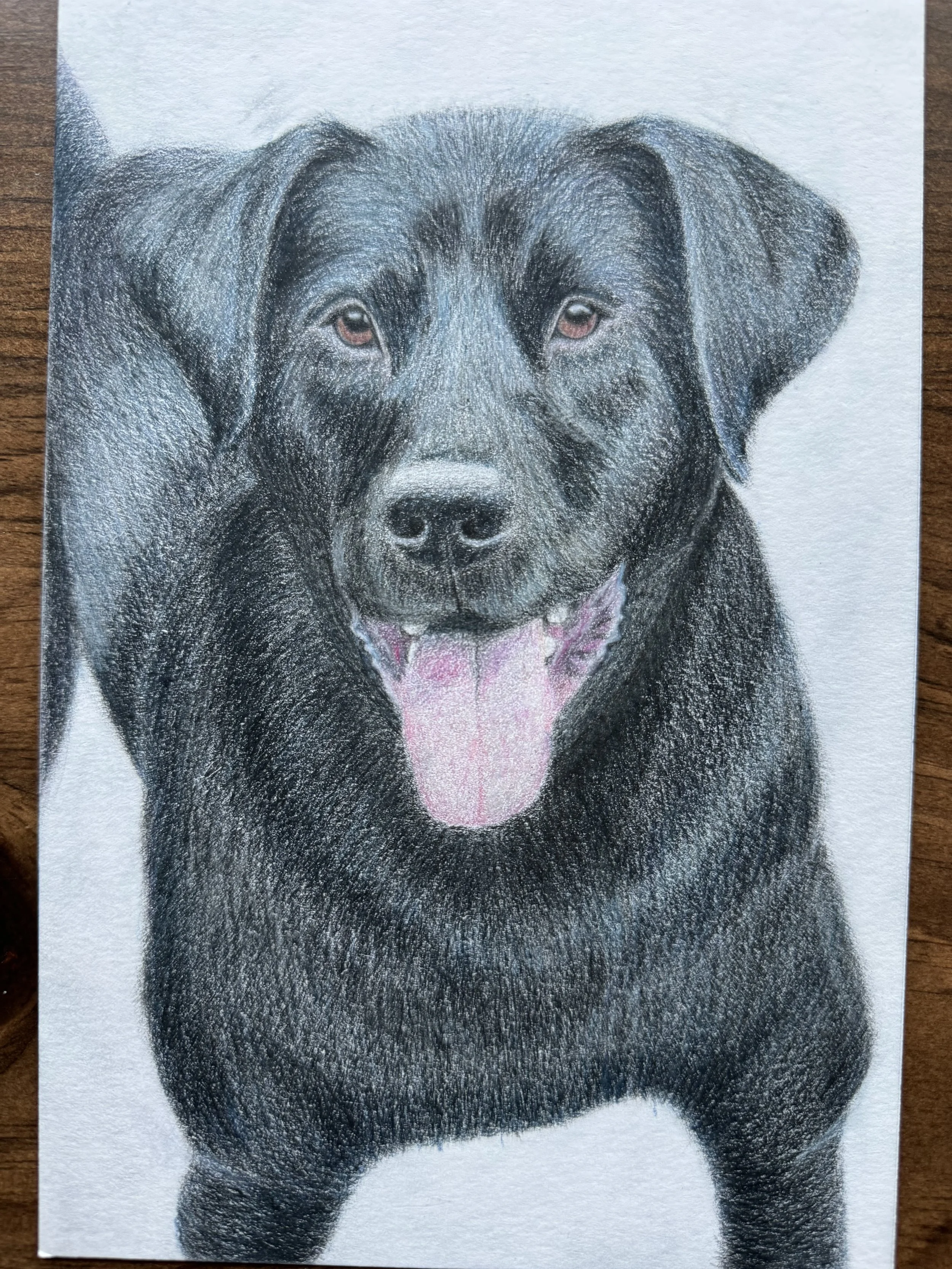
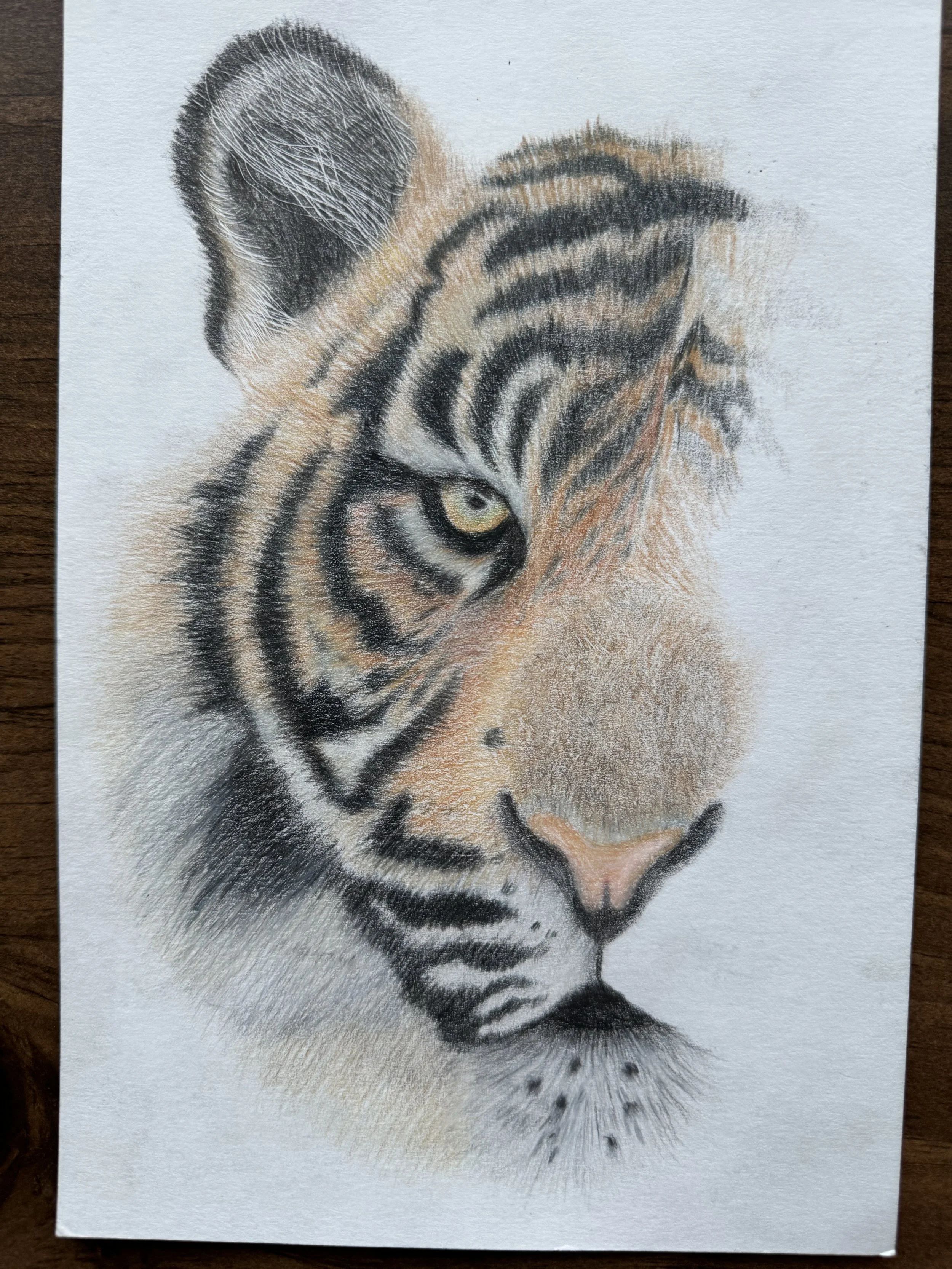
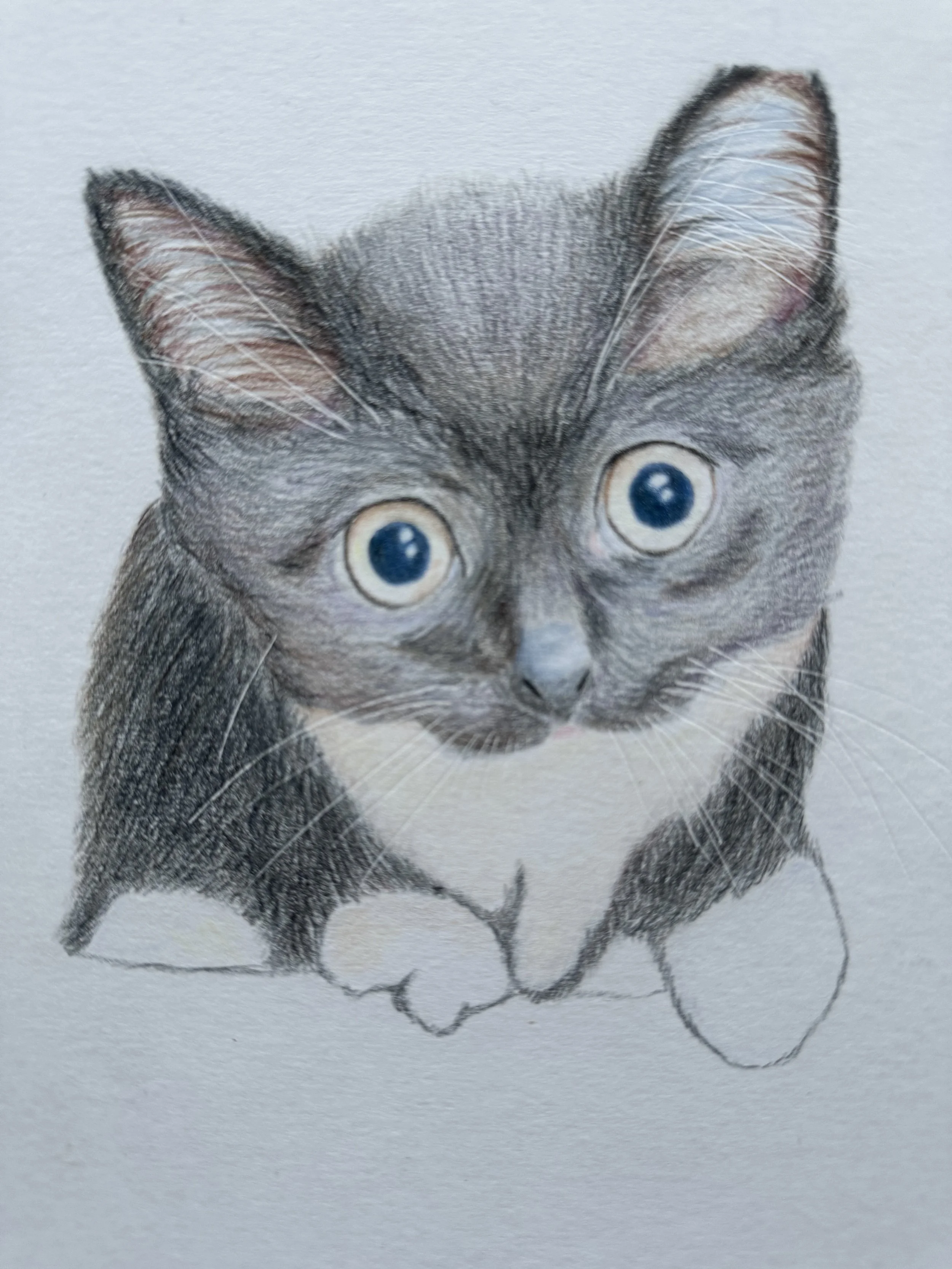
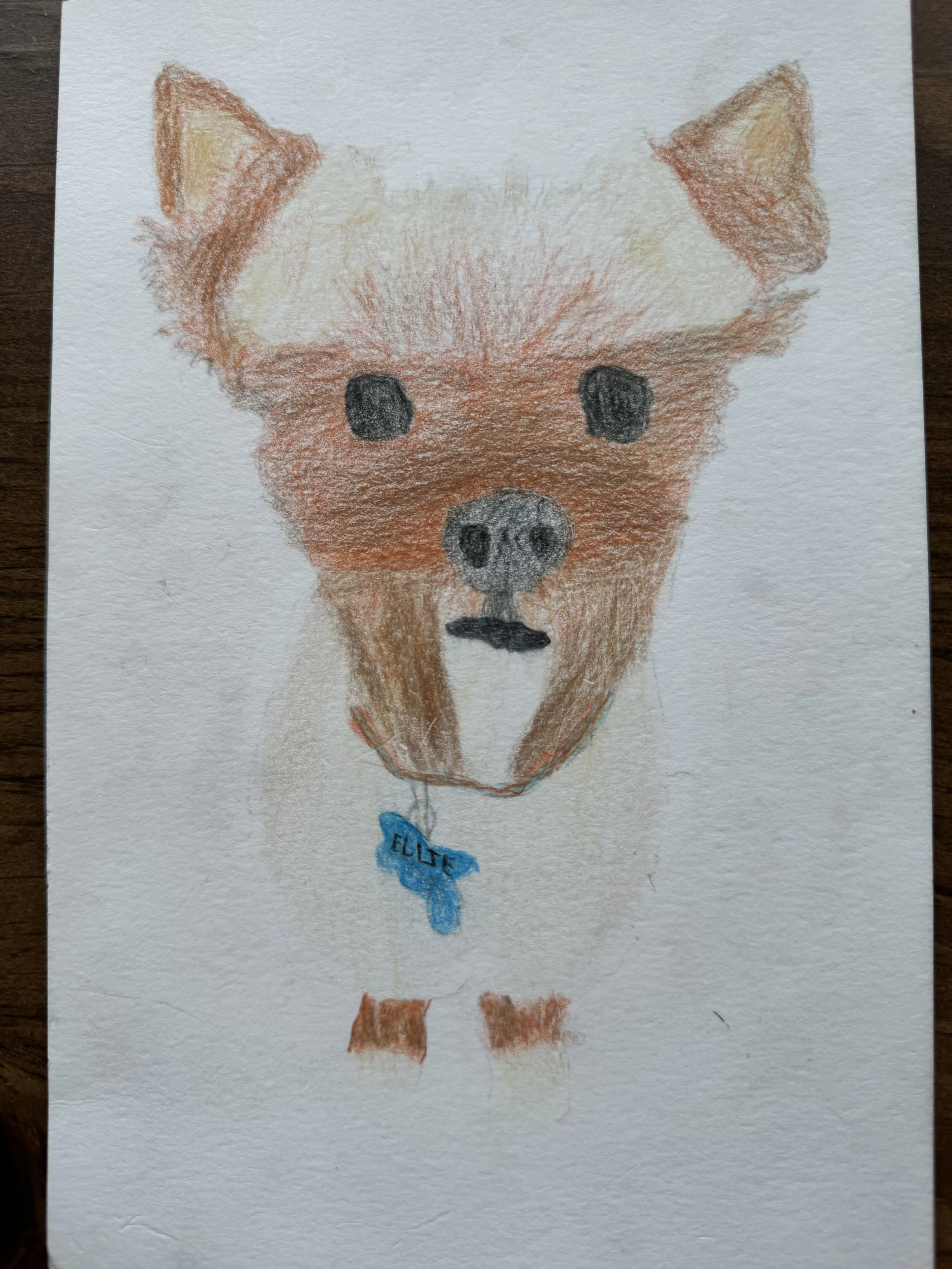
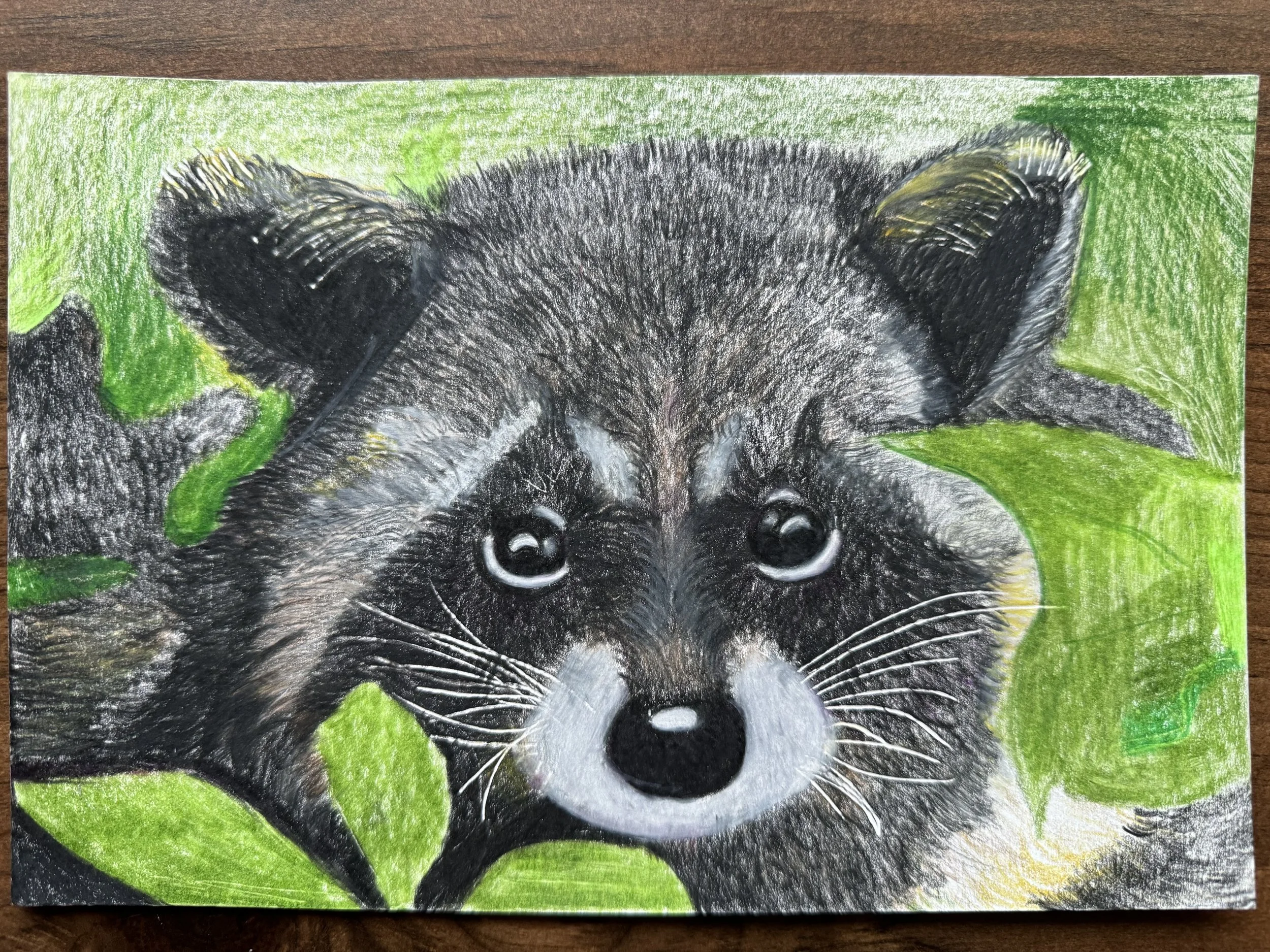


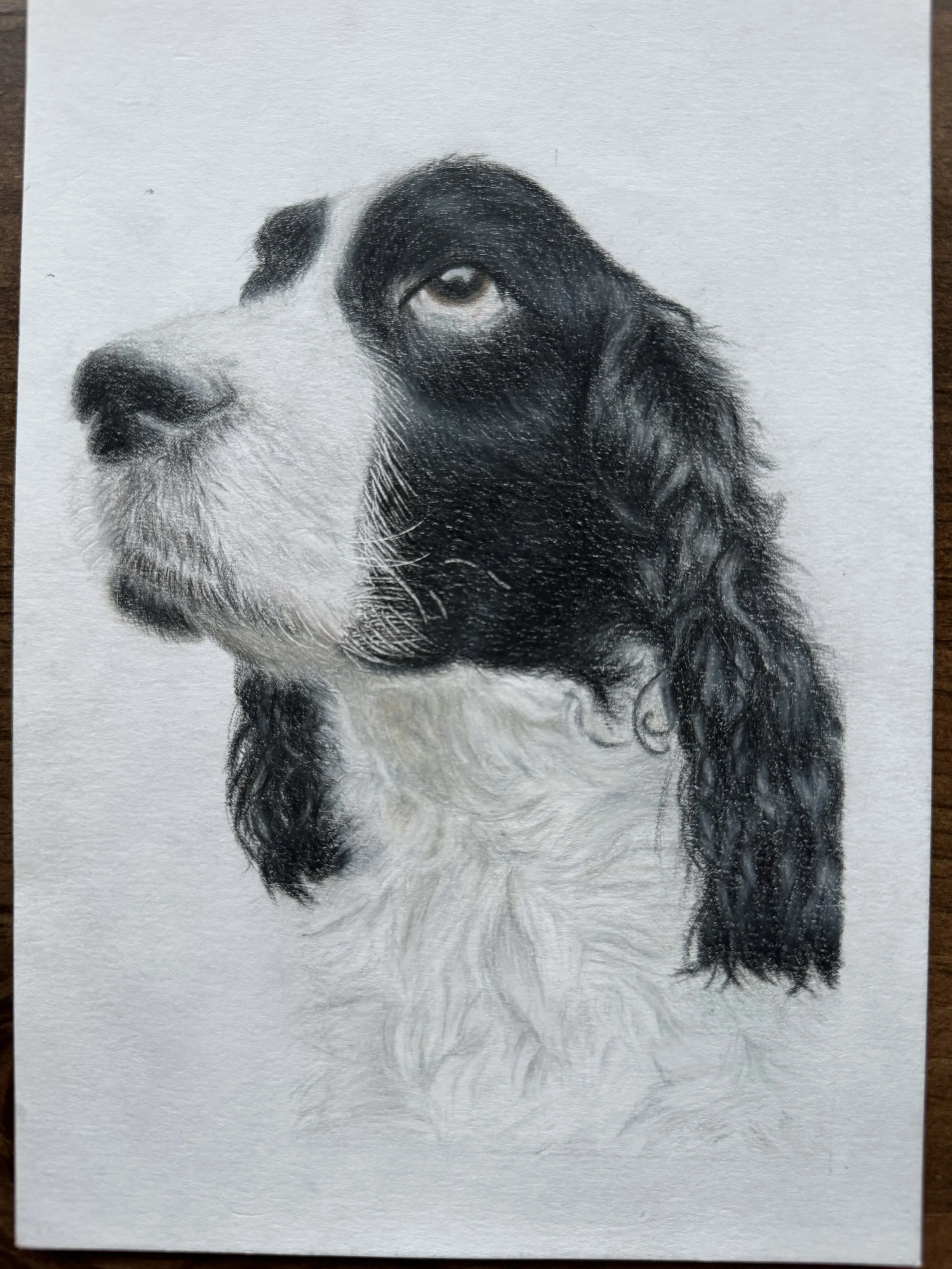
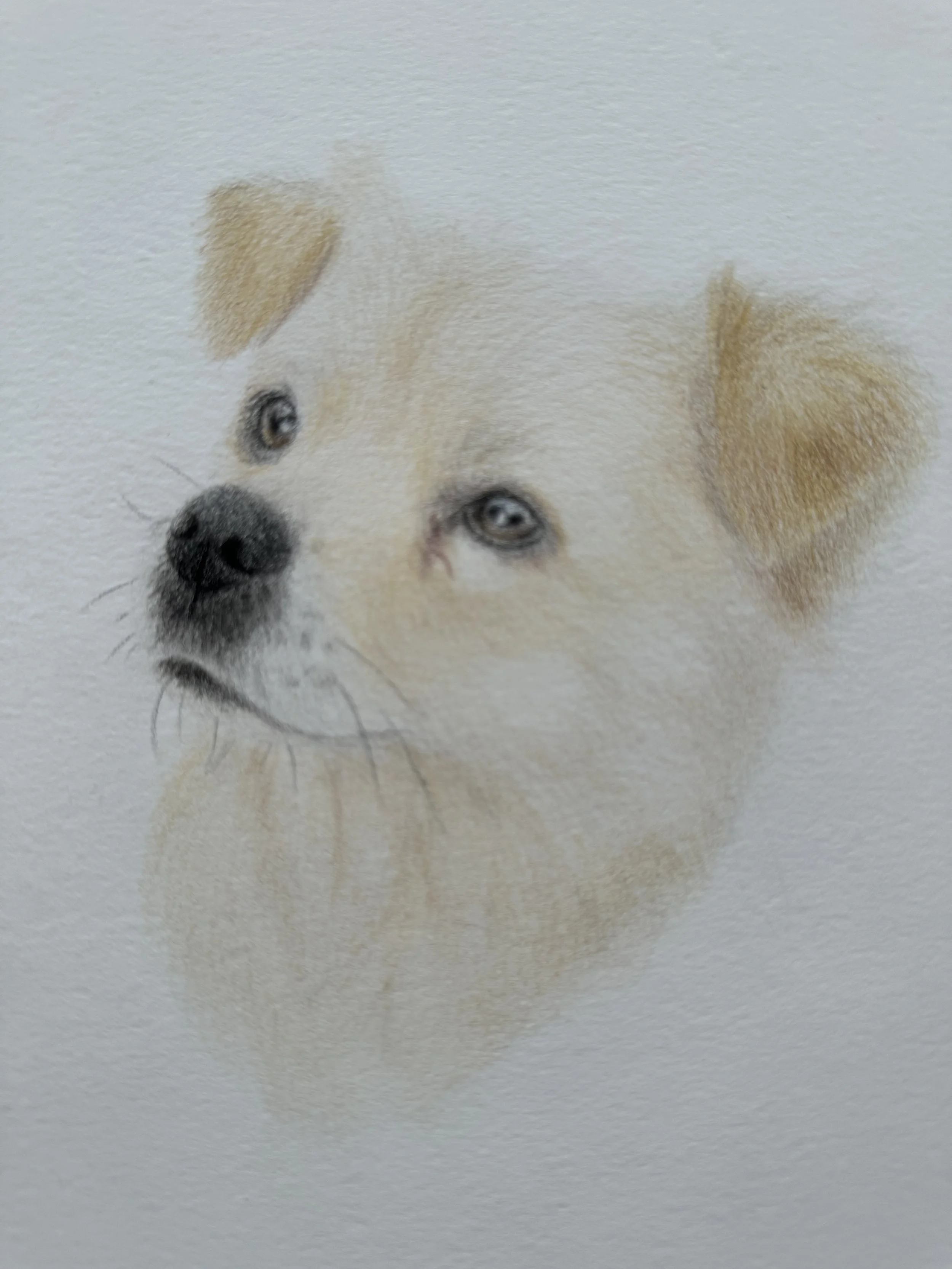
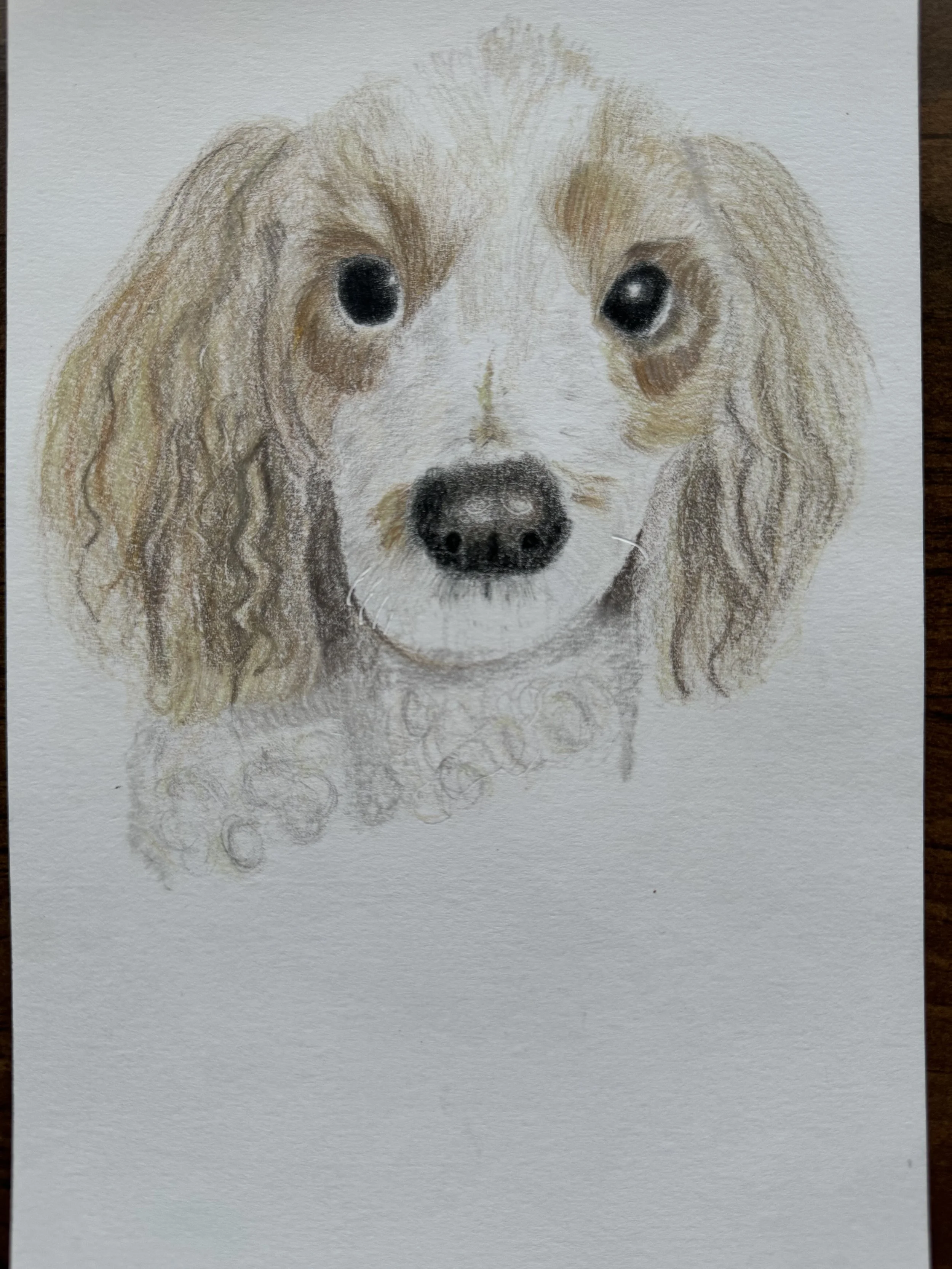

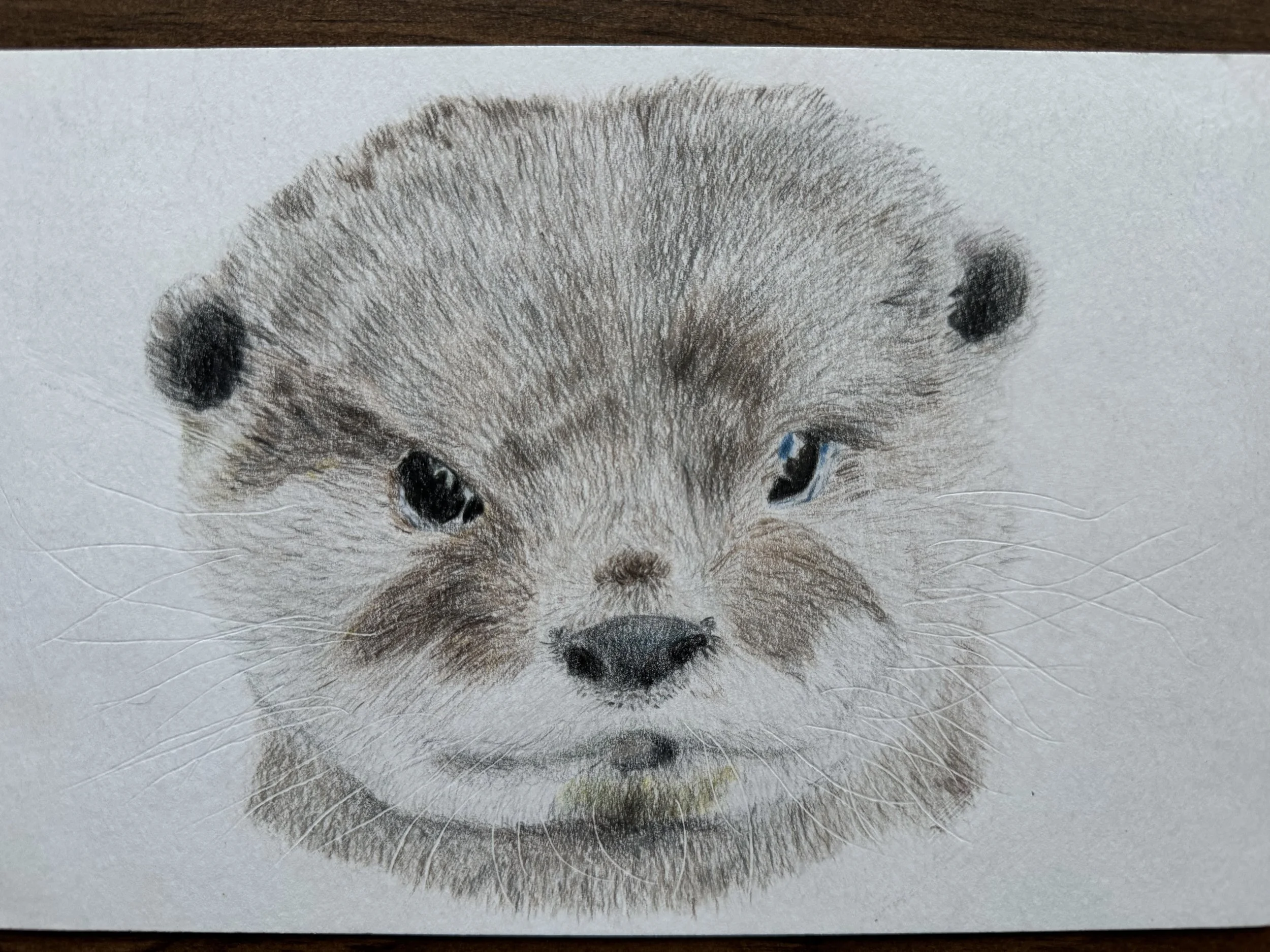
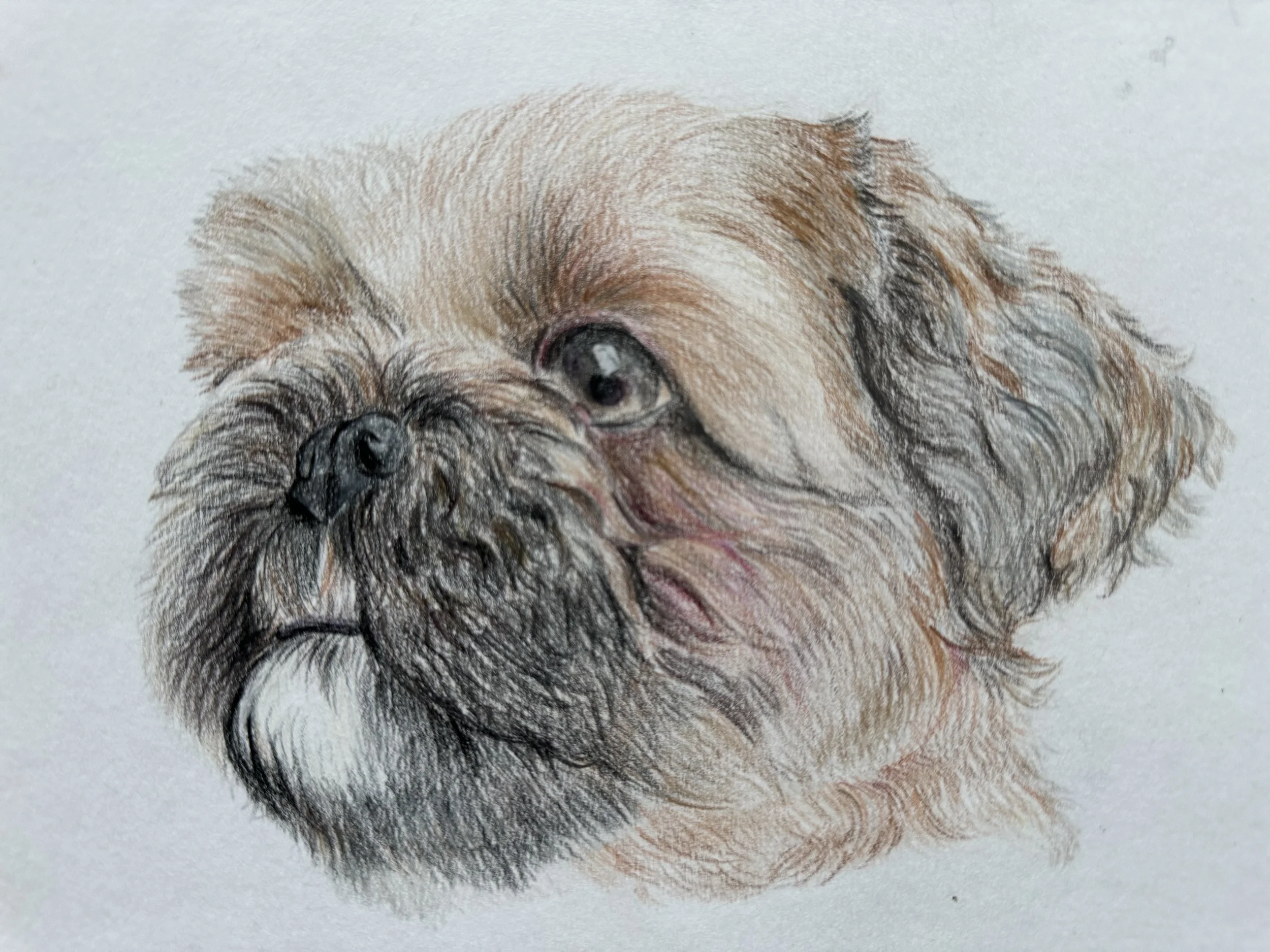

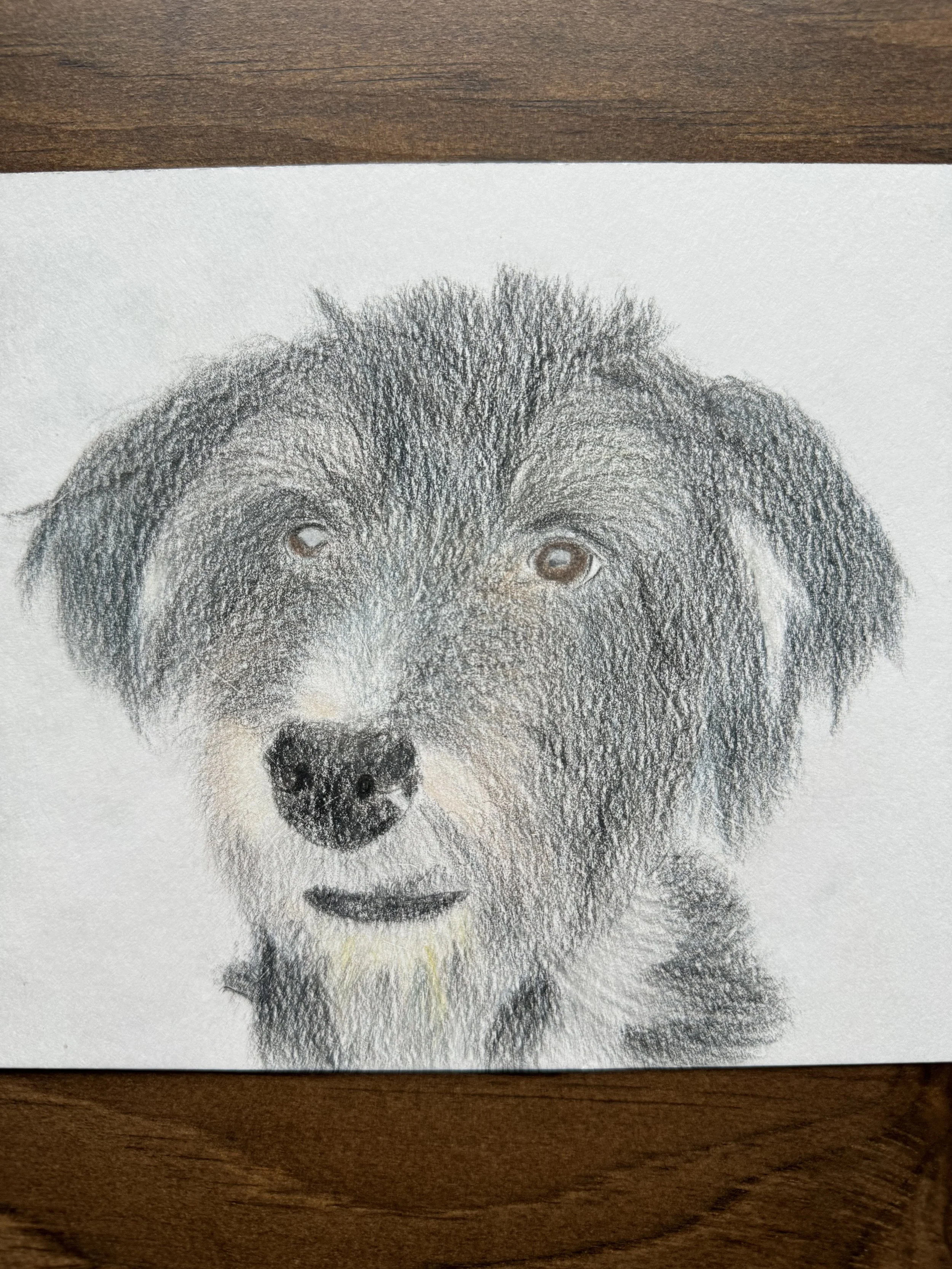
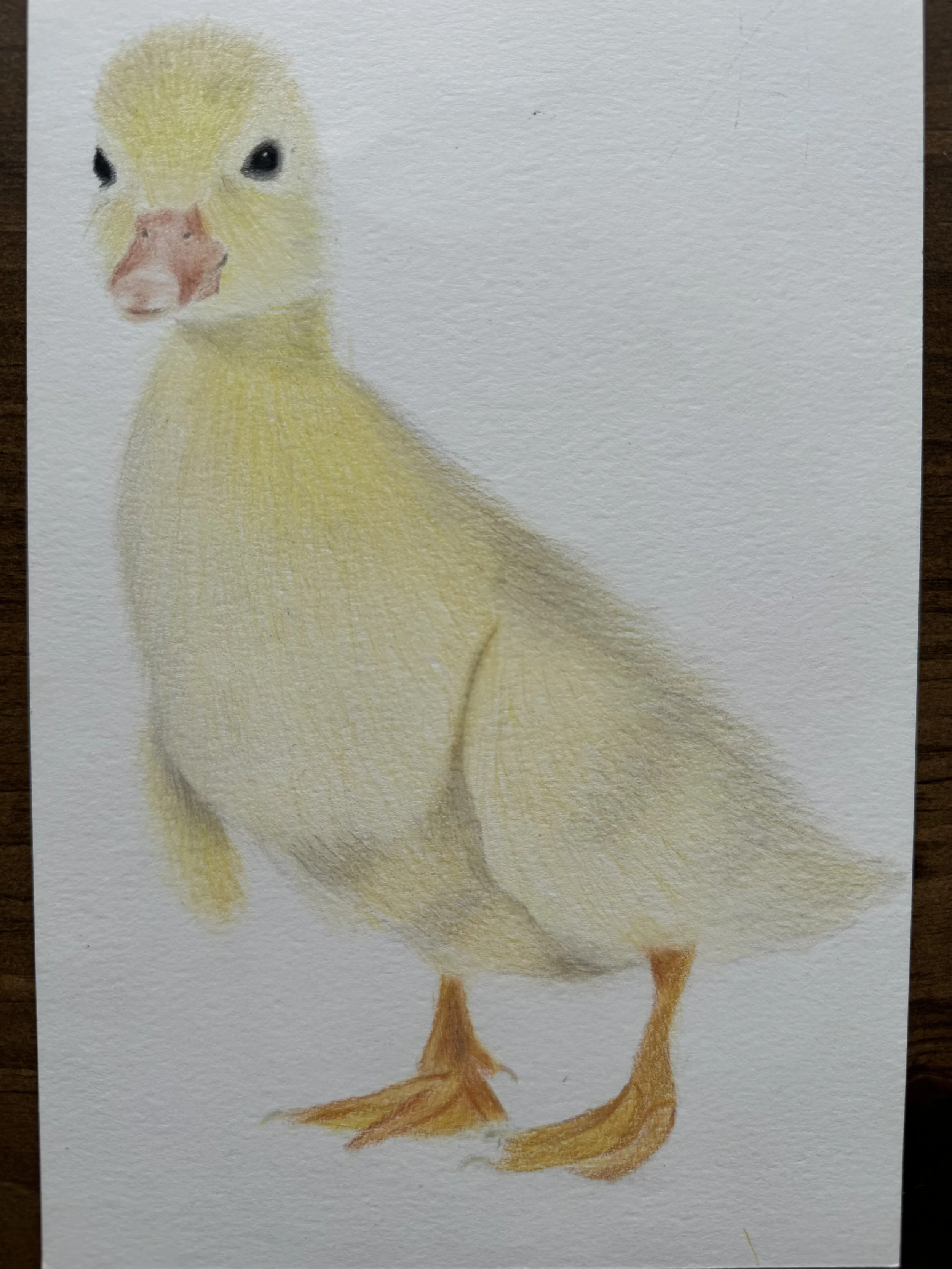
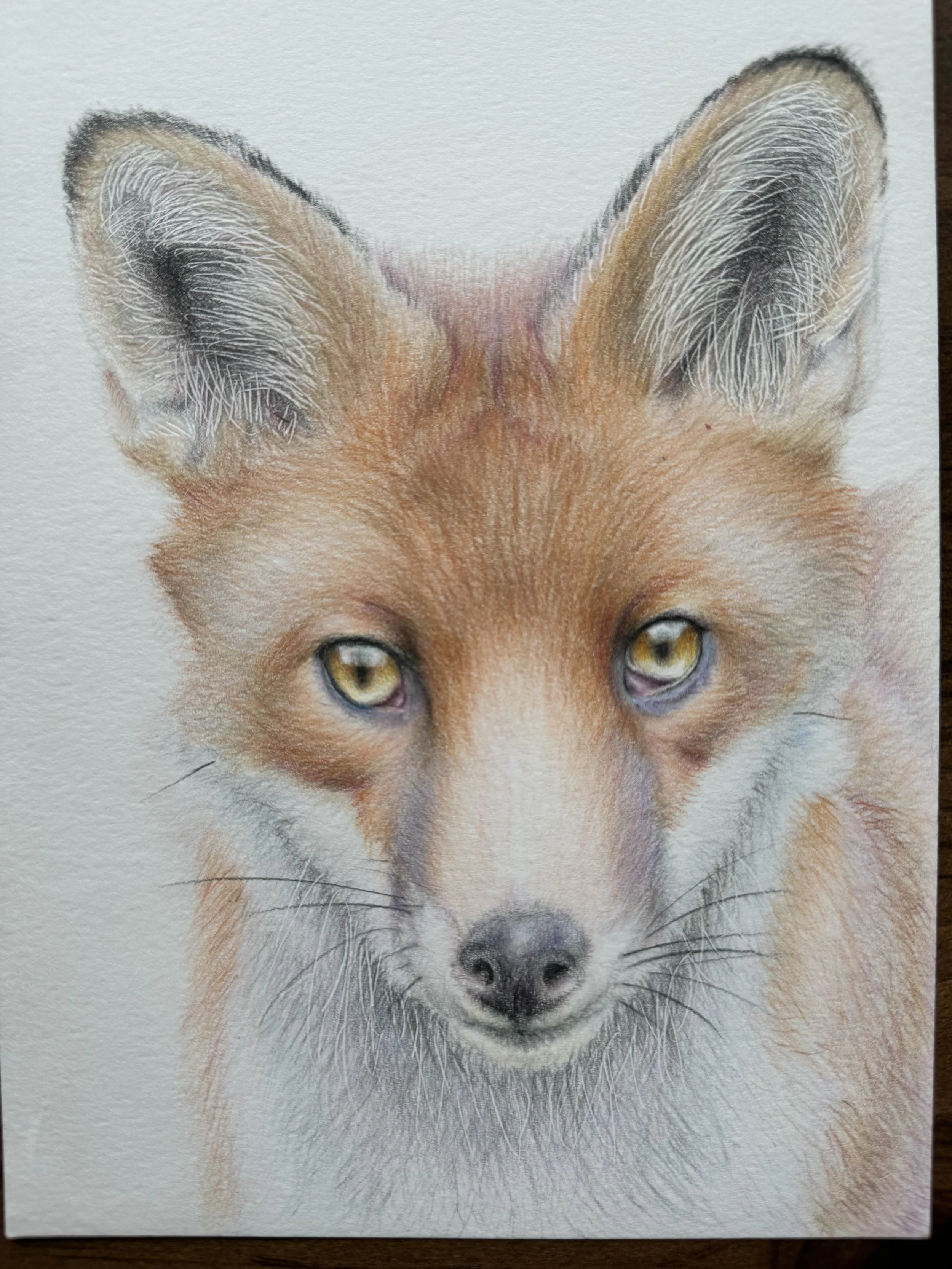
Black and White Husky Project
The objective of this project was to guide students through the process of rendering a full portrait from start to finish, with a focus on mastering value, texture, and tonal contrast using the most extreme ends of the color spectrum — black and white. Students were challenged to capture subtle variations in light and shadow, including the delicate task of portraying “white on white,” while also achieving the deepest, most accurate blacks possible based on their reference images. The level of skill, patience, and attention to detail they demonstrated was truly remarkable — I was blown away by their talent and dedication.
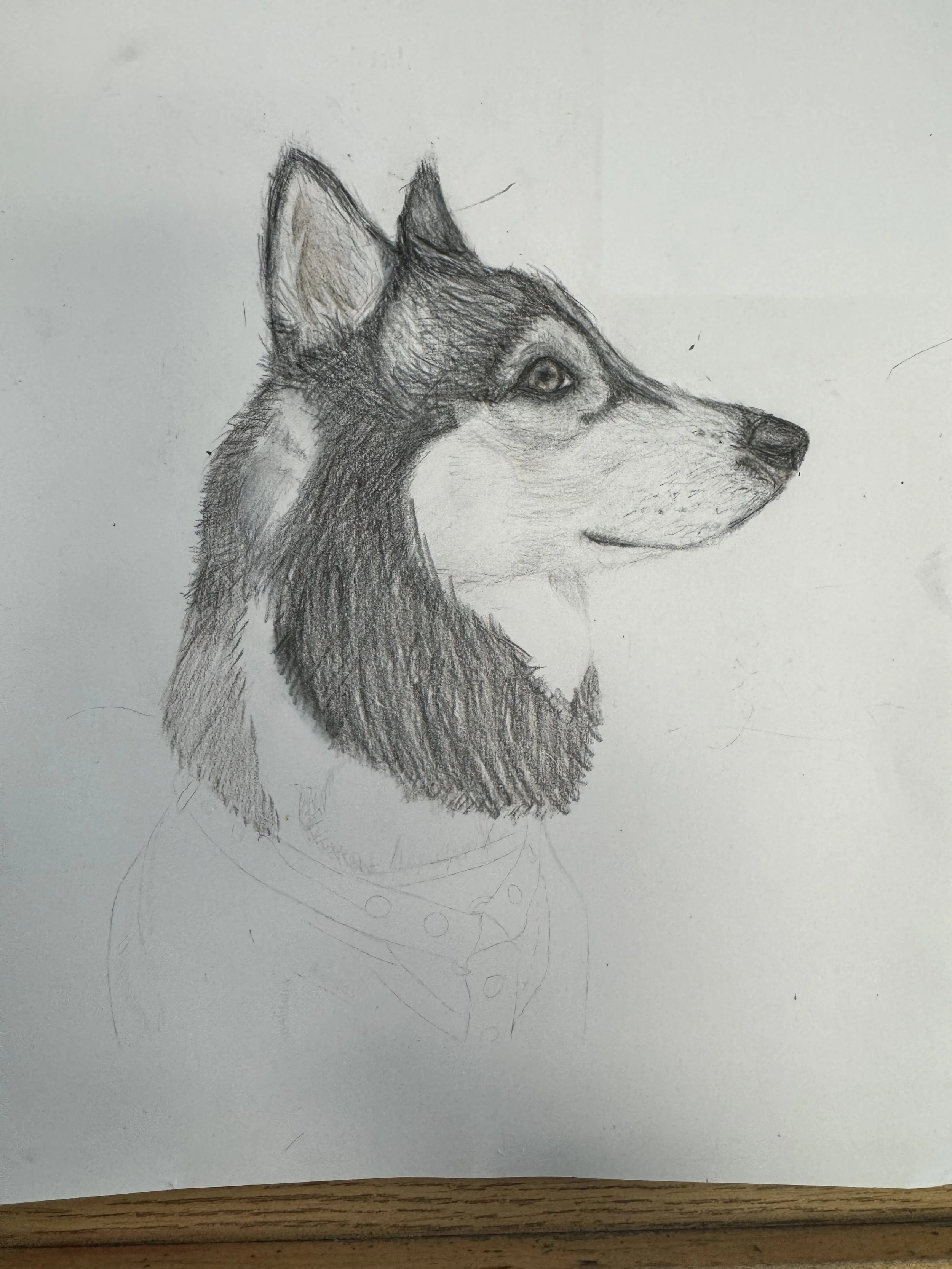
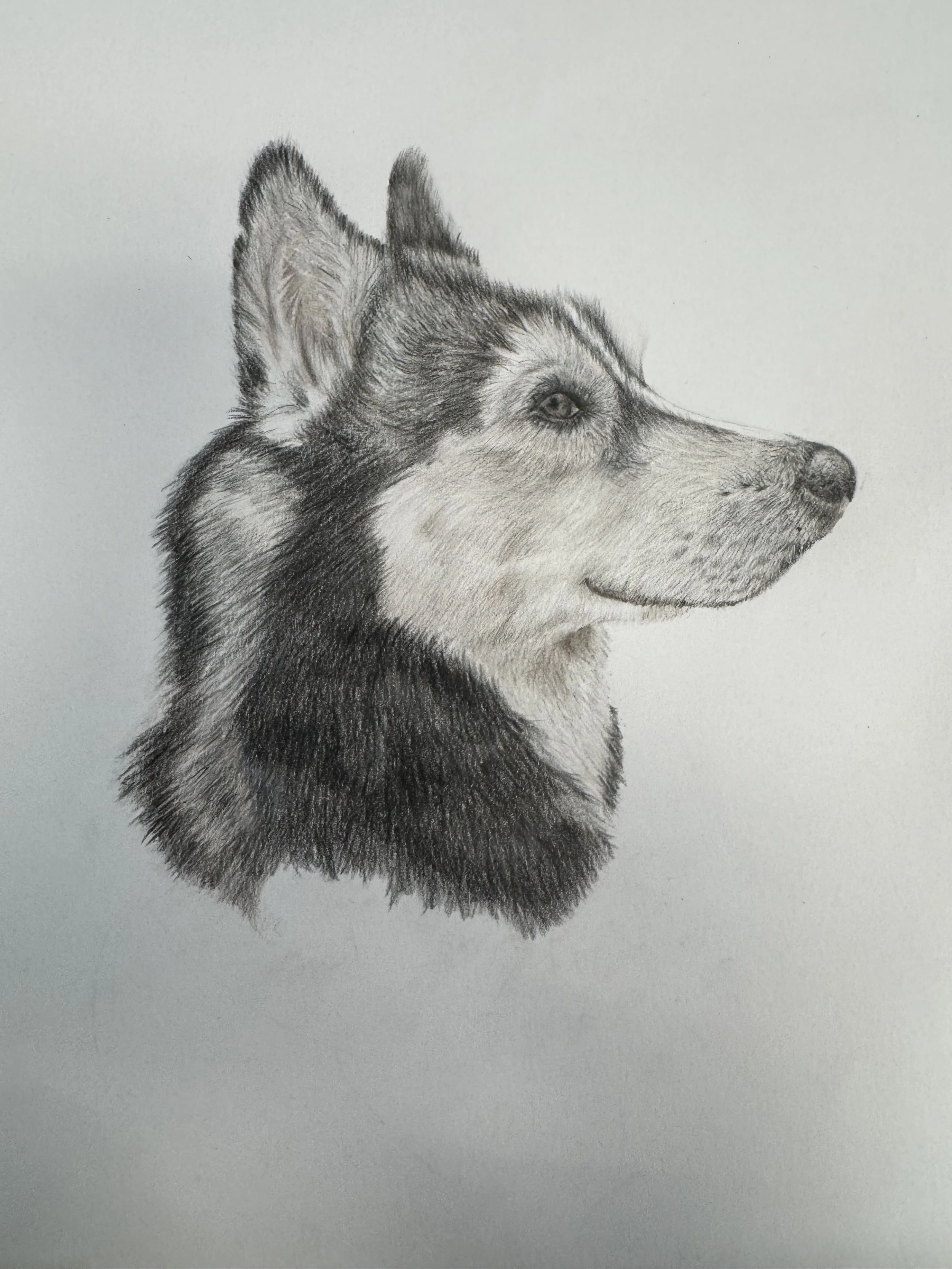
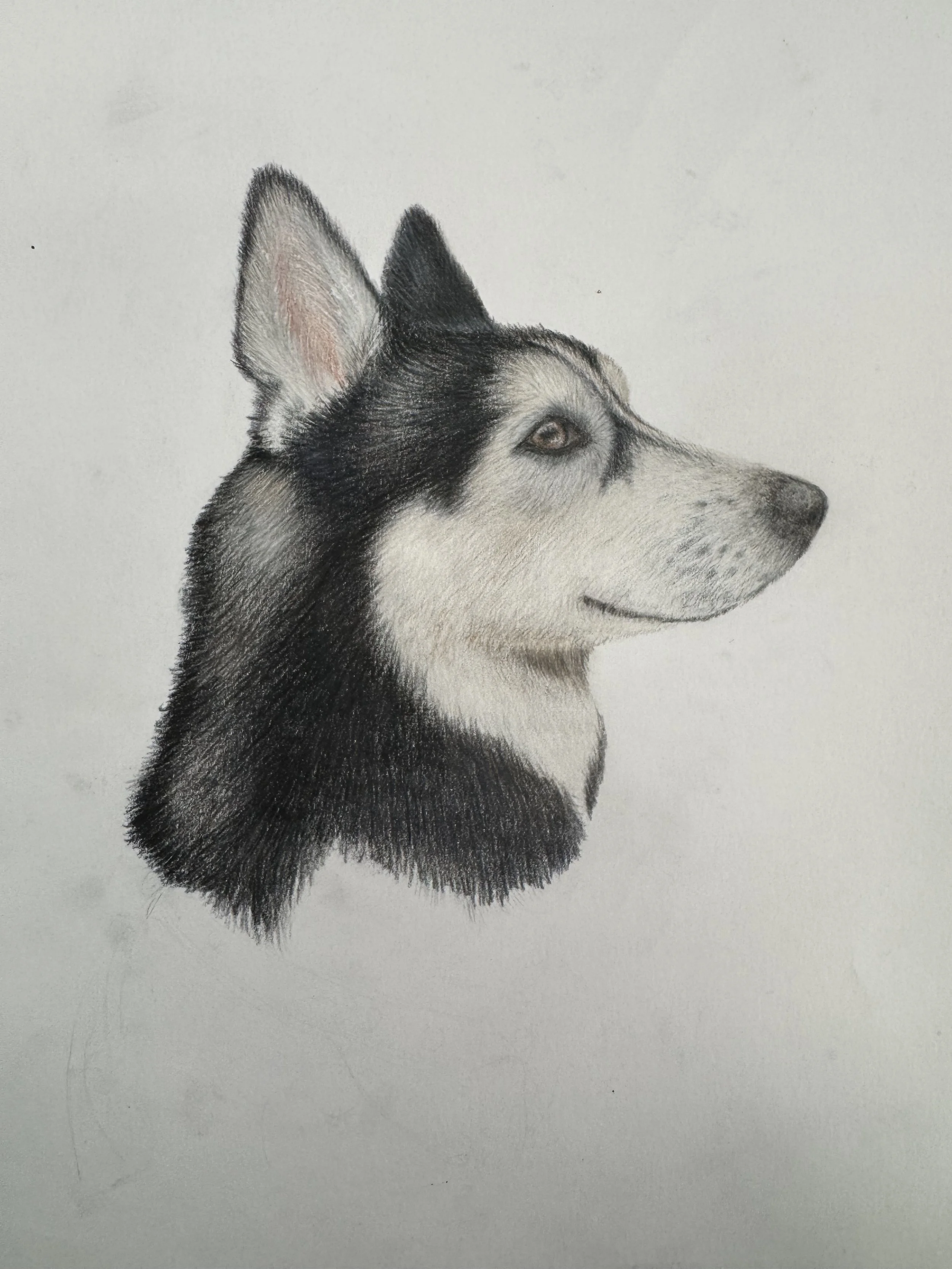
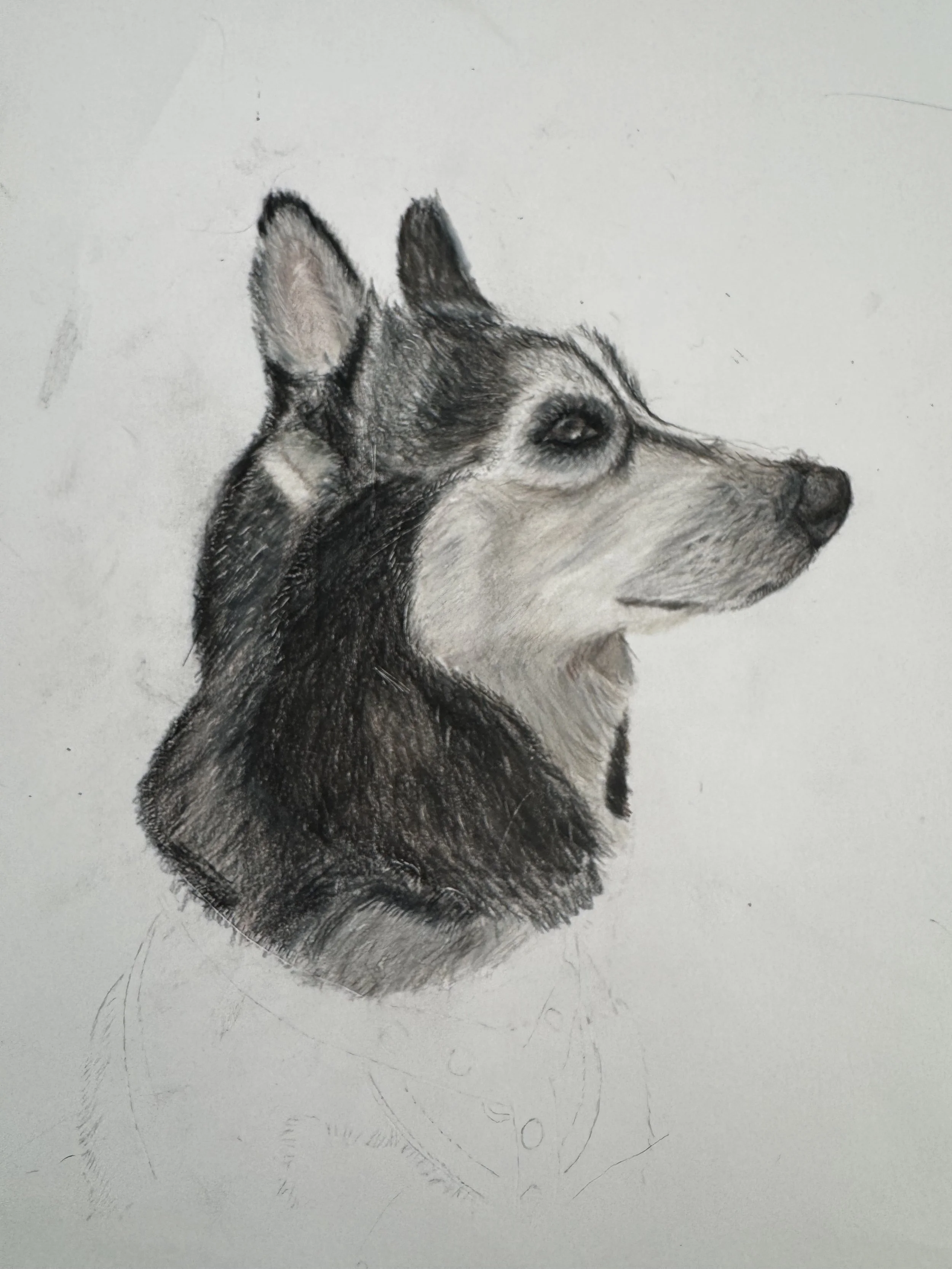
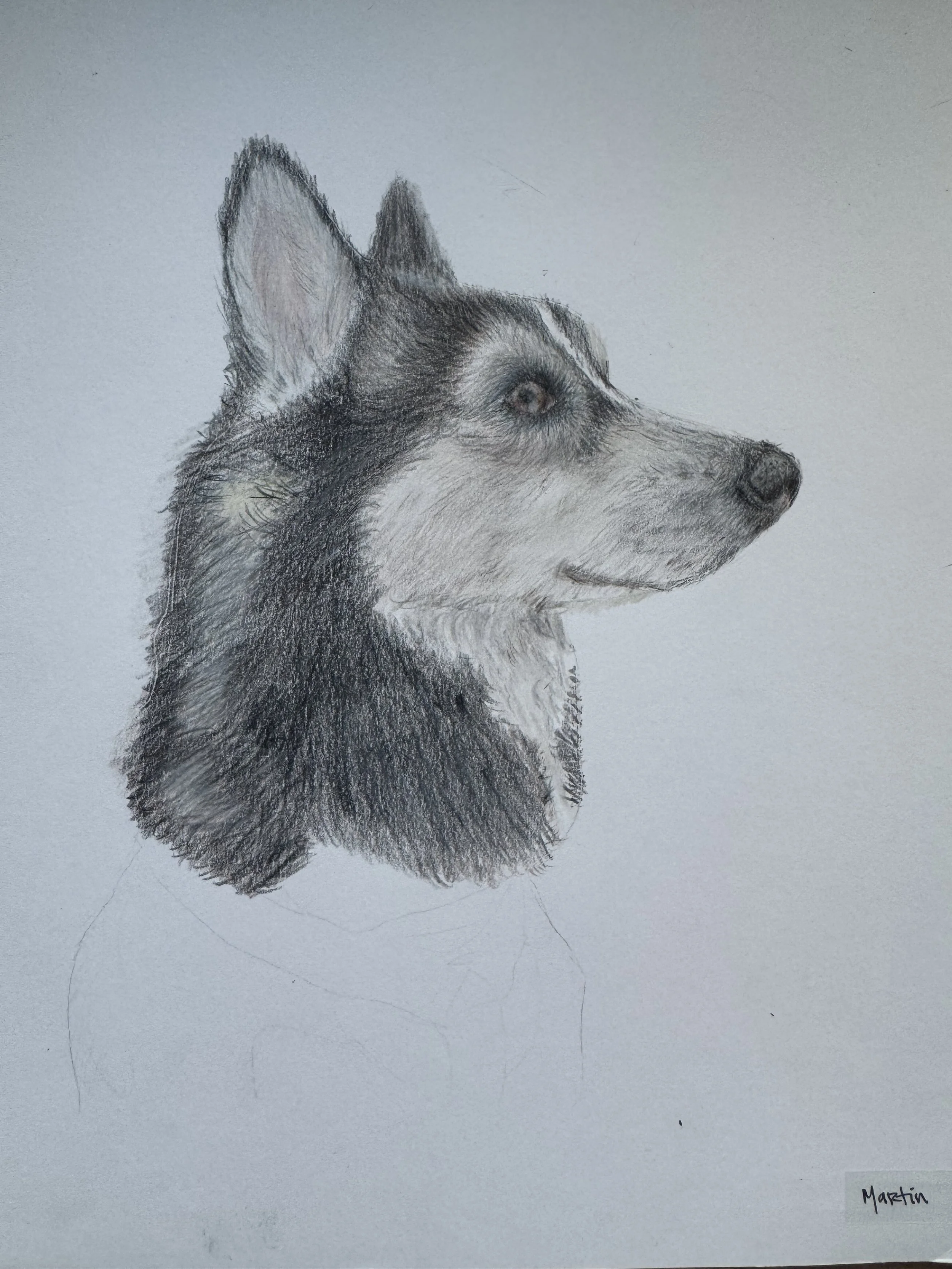




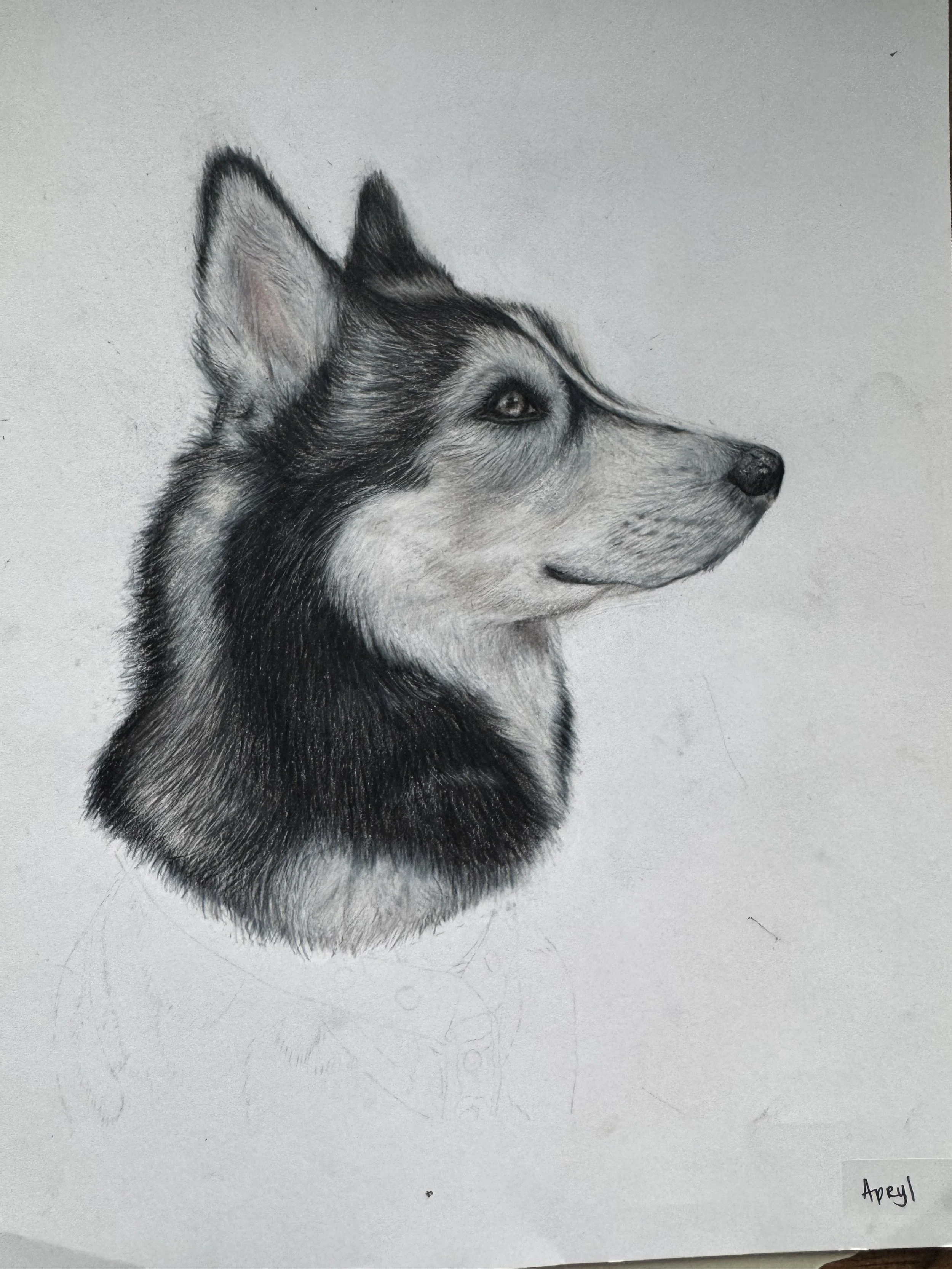

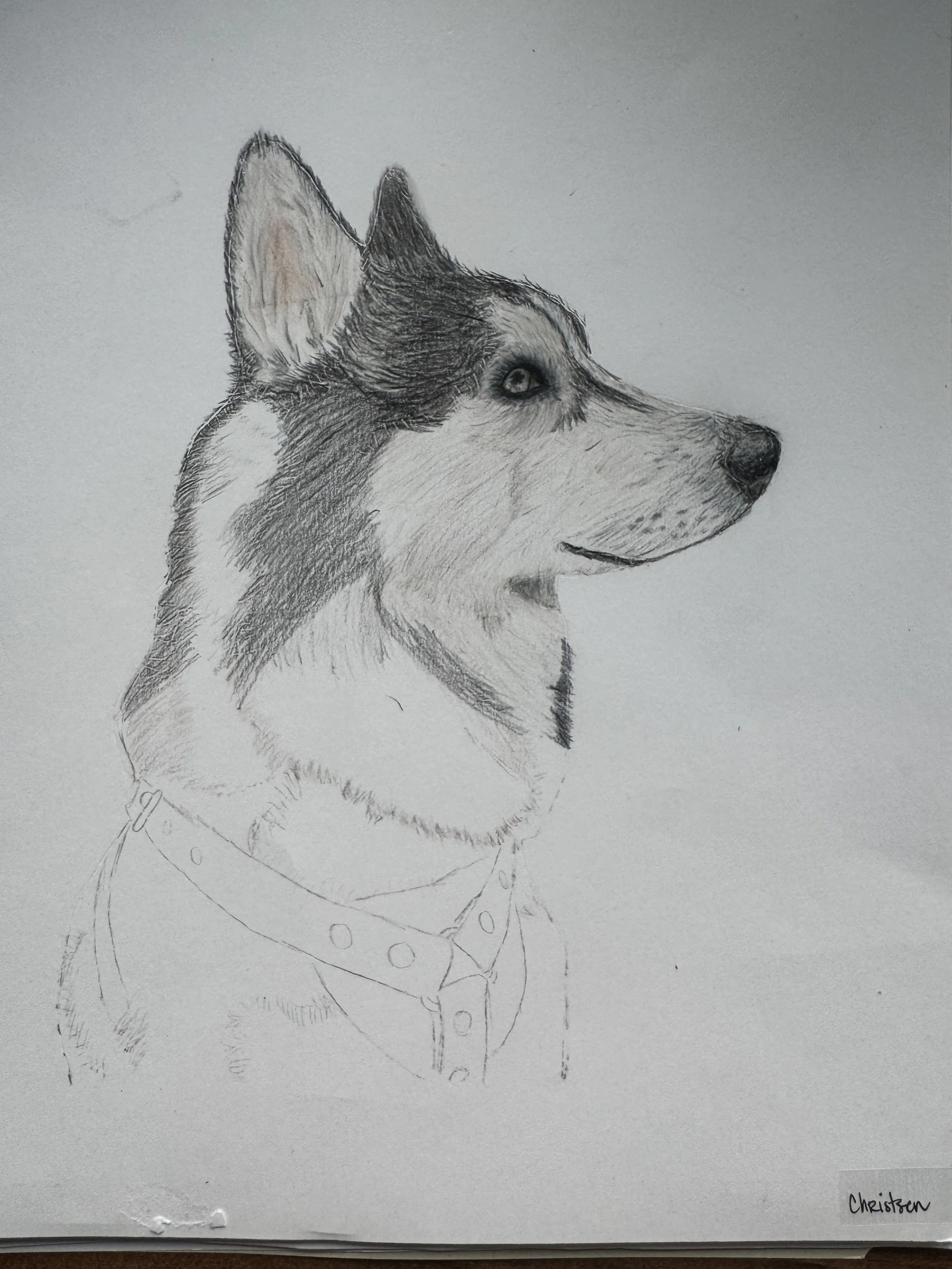
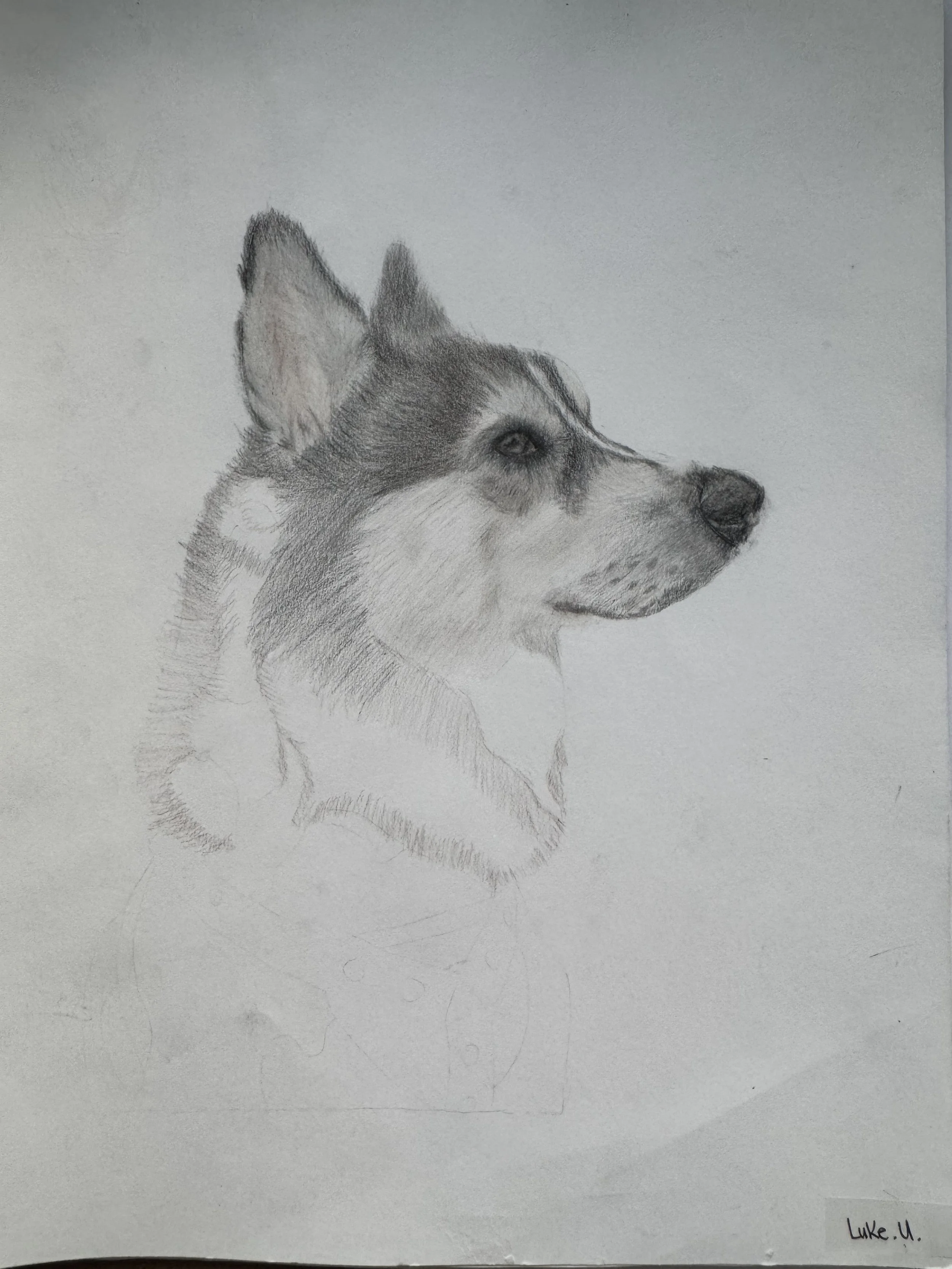
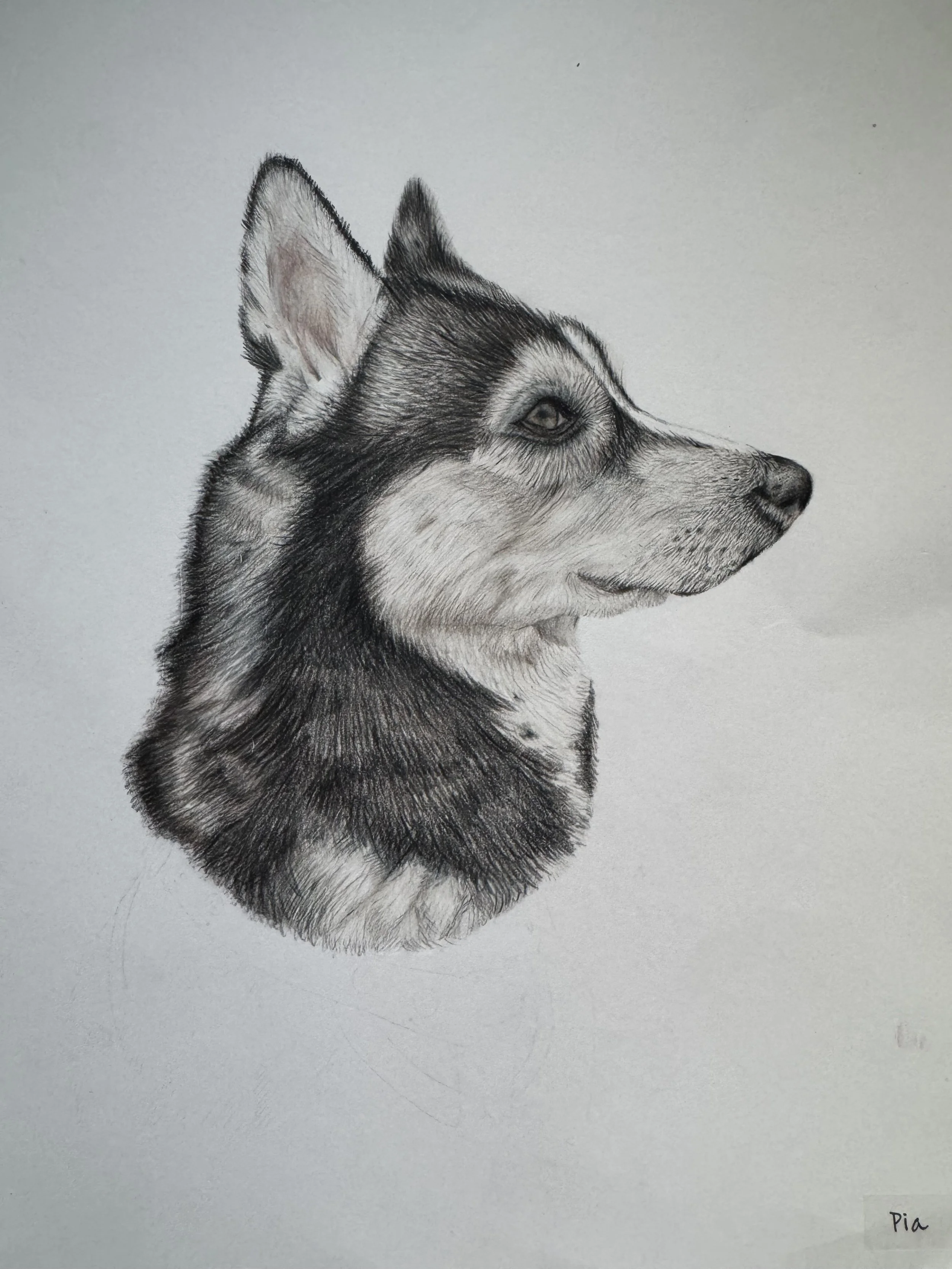
In this project, students practiced rendering four different animal features realistically using colored pencils. The areas explored included a cat’s eye, cat’s ear, dog’s ear, and dog’s nose. Each feature required a unique set of techniques and careful observation to achieve lifelike texture, depth, and detail. This exercise helped students develop confidence and technical skill in preparation for their final assignment — a fully rendered animal portrait.
Realism Techniques: Parts of the Animal

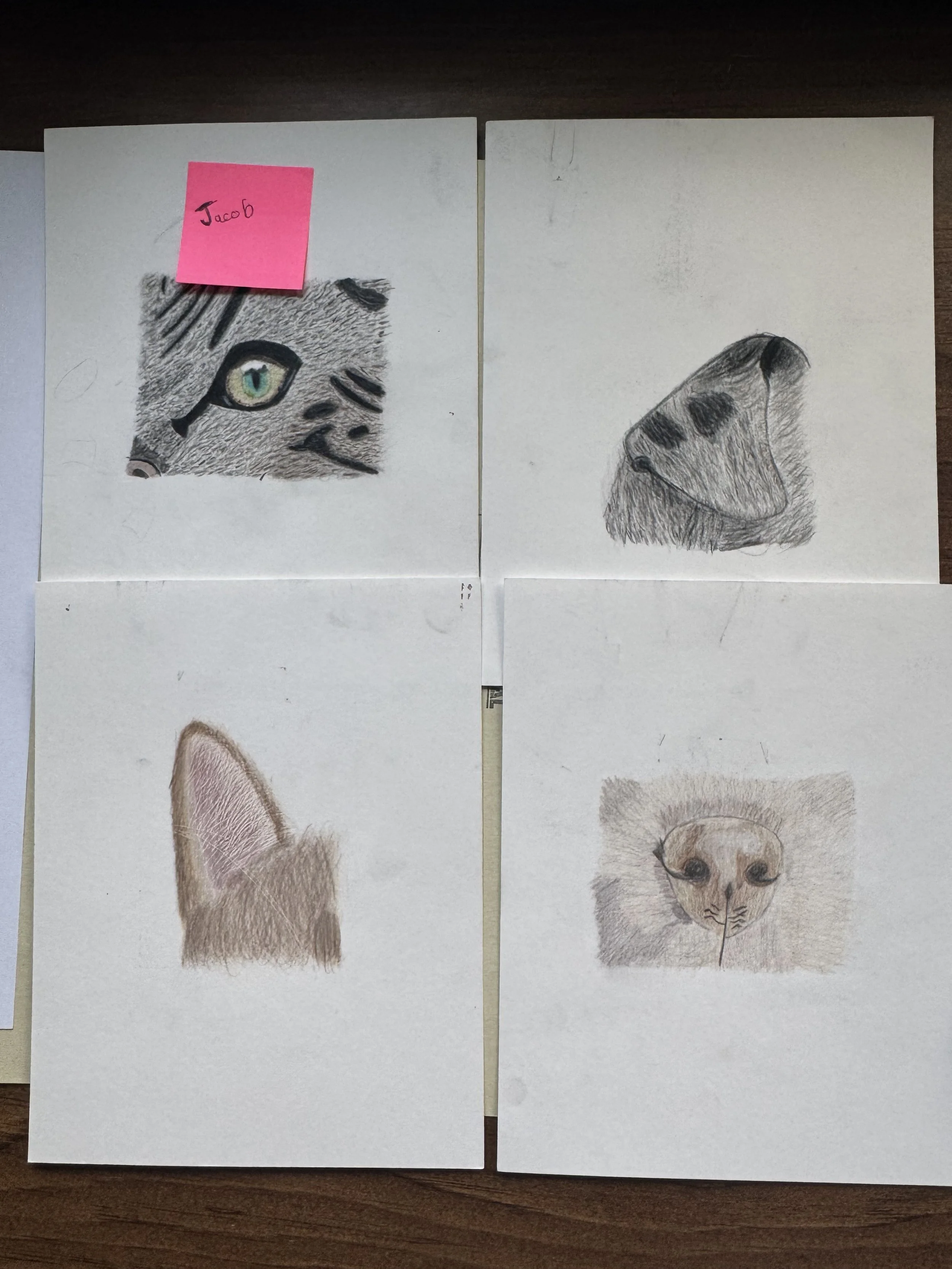


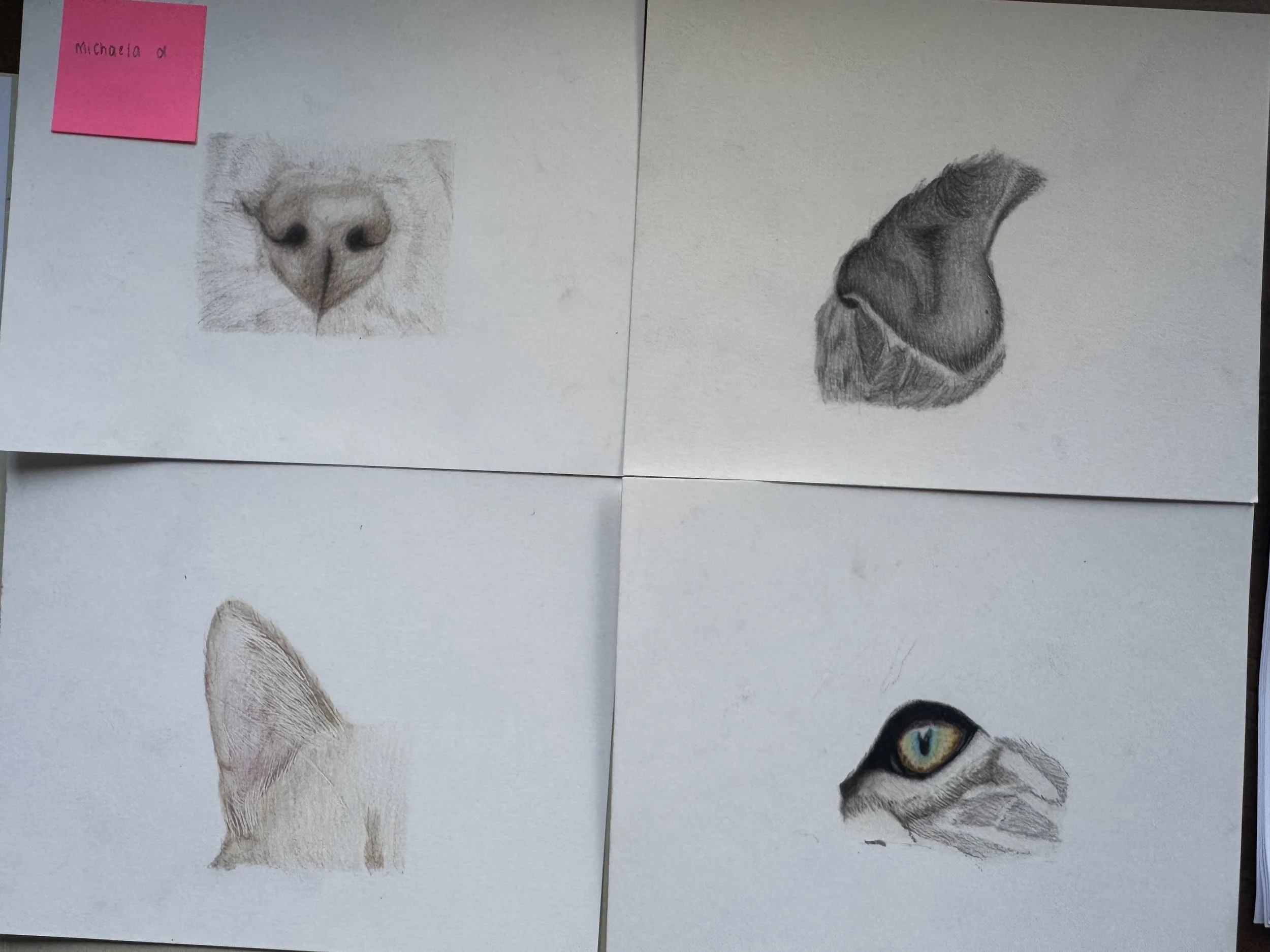
Simple Object Project - Version 1
This project was designed for my novice art students who were just beginning to explore the principles of art. The objectives were threefold:
To learn the basic fundamentals of colored pencil techniques, including color blending and creating volume through value and texture.
To study a simple object by quickly sketching it from various angles and proportions using graphite.
To render the chosen object using realistic colored pencil techniques.
The overall goal of this project was to encourage students to observe an object closely, analyze its form and details, and develop a deeper understanding of it through the drawing process. Students were encouraged to select their own objects, allowing for personal connection and creative choice in their work. Students were given parameters to follow and execute based on the example provided.


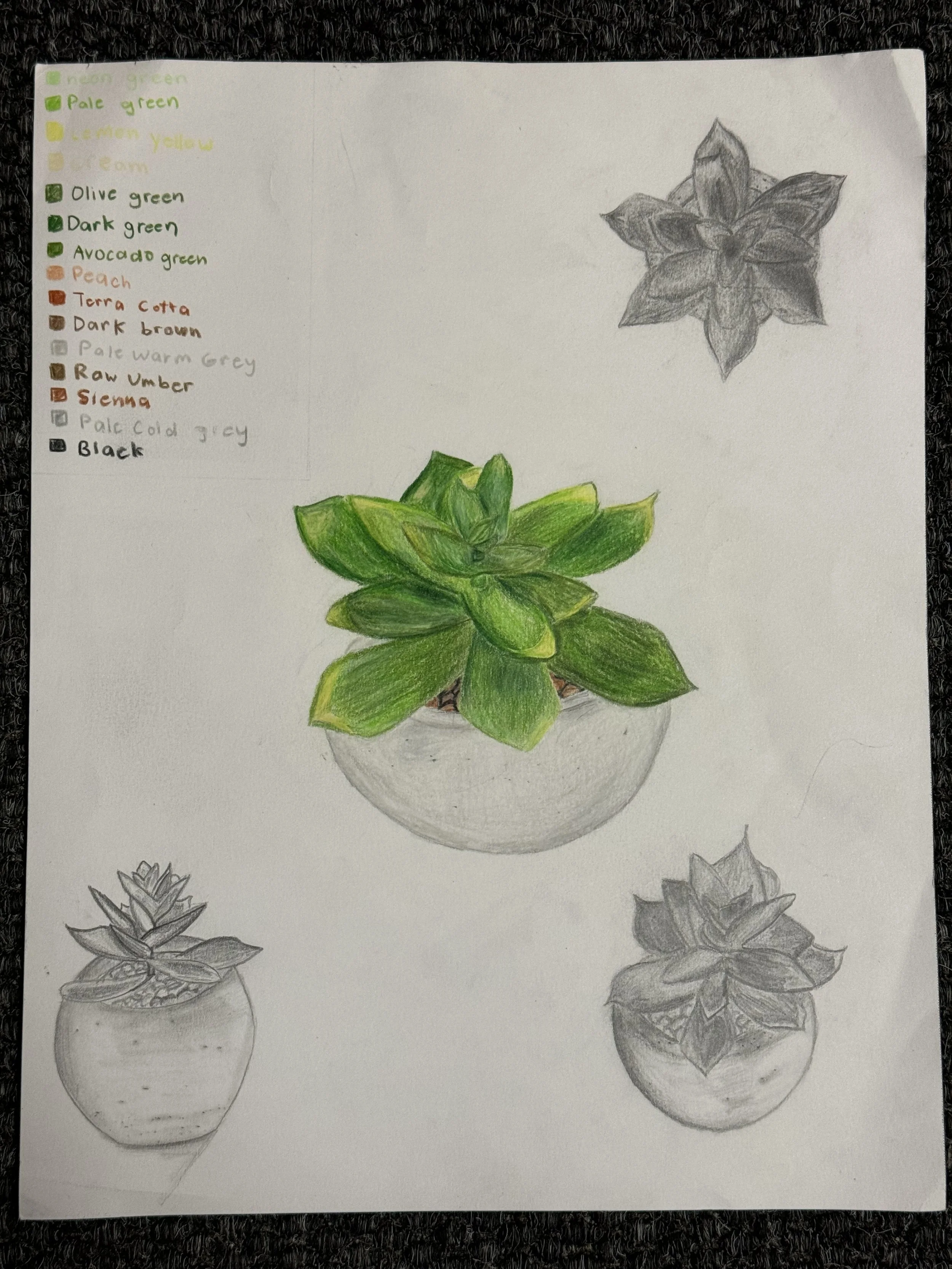
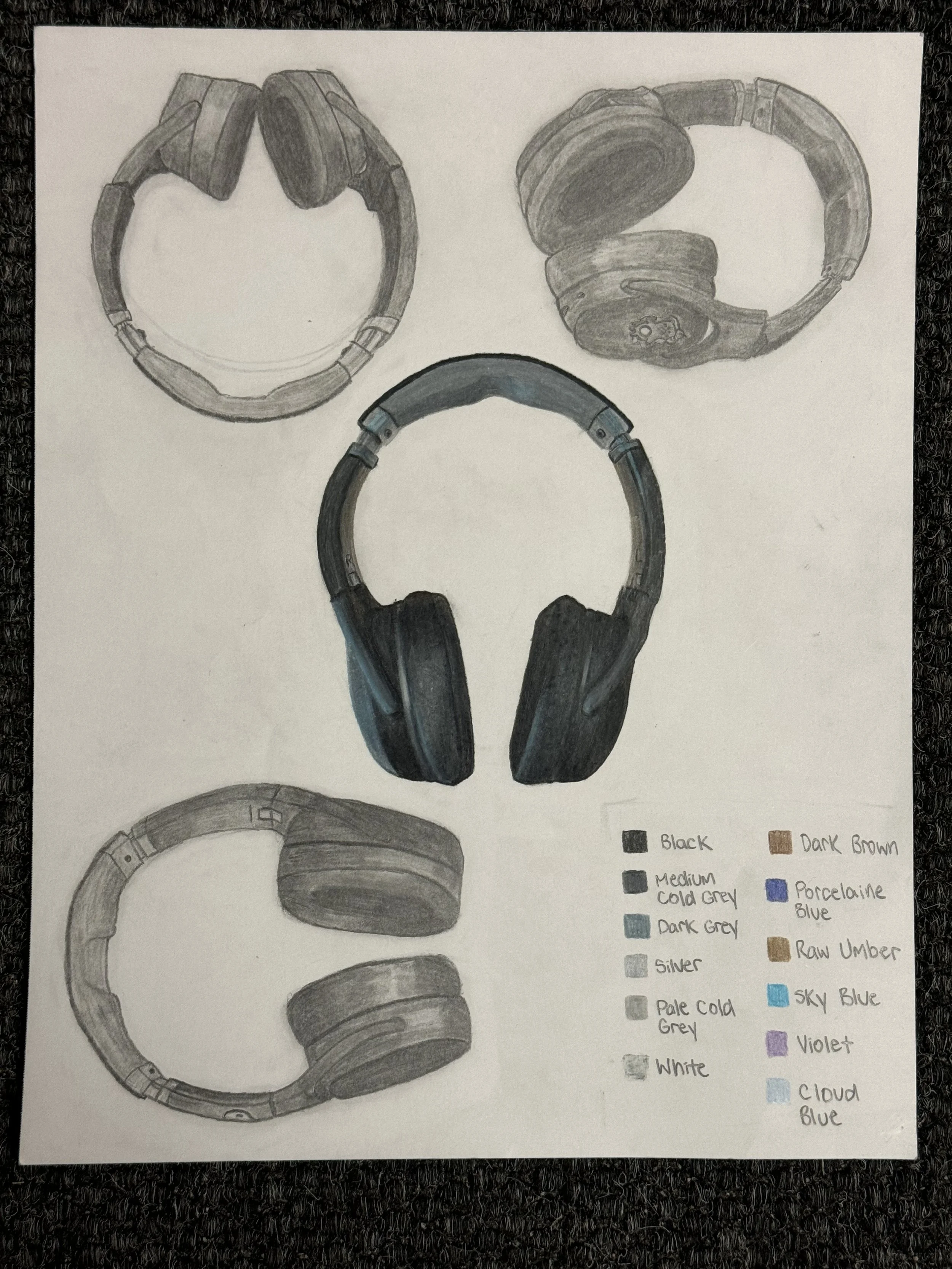
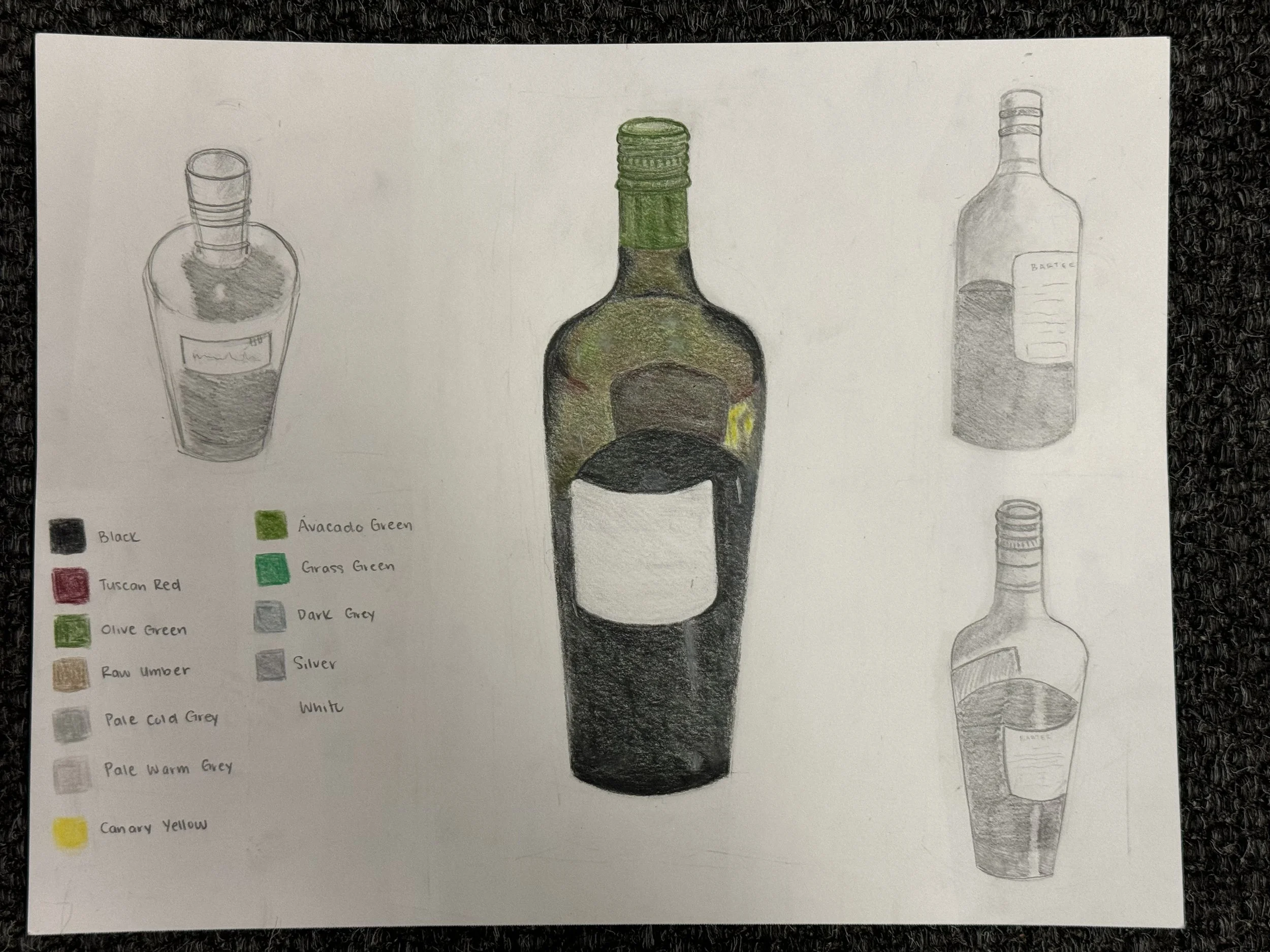
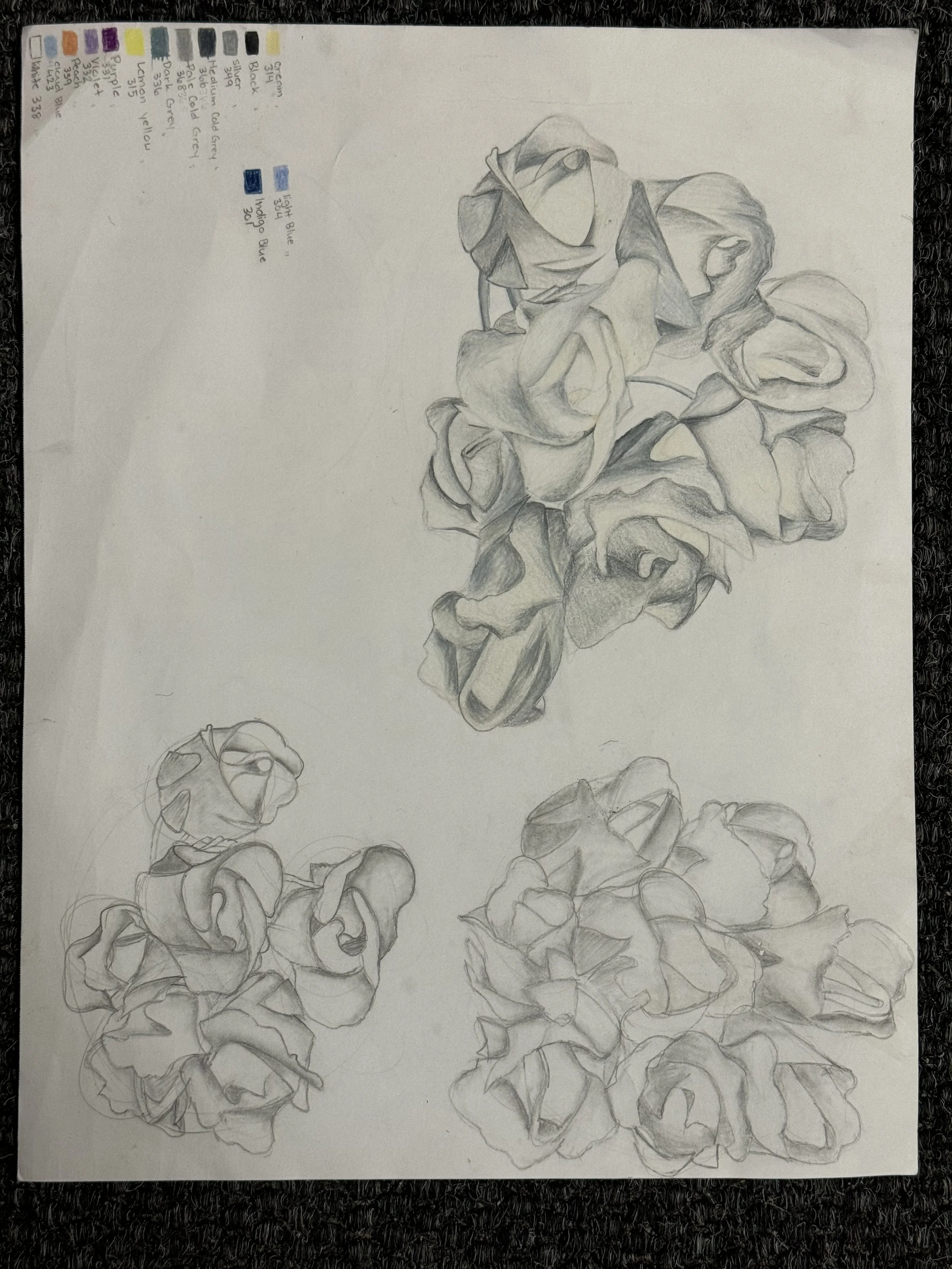
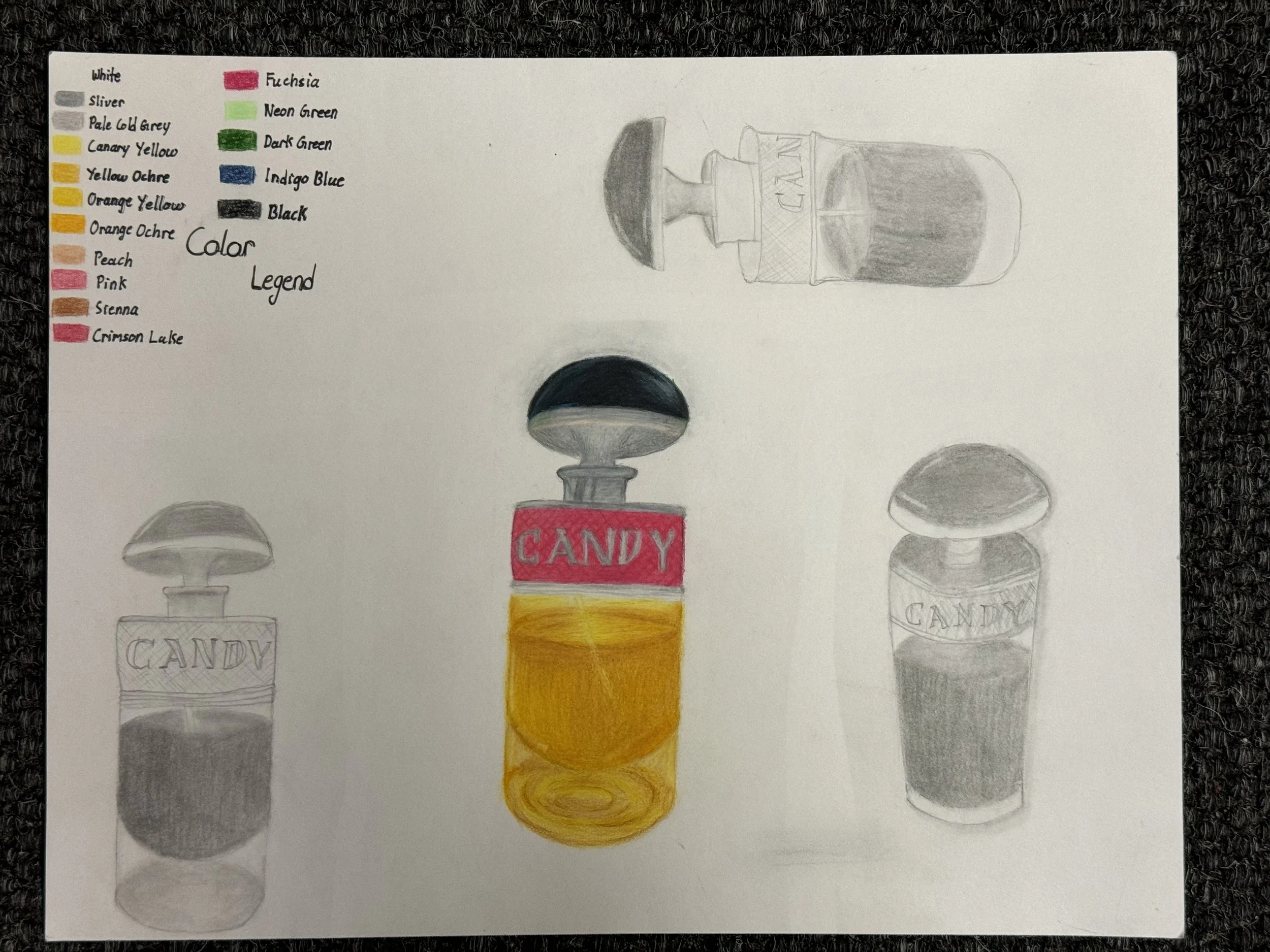
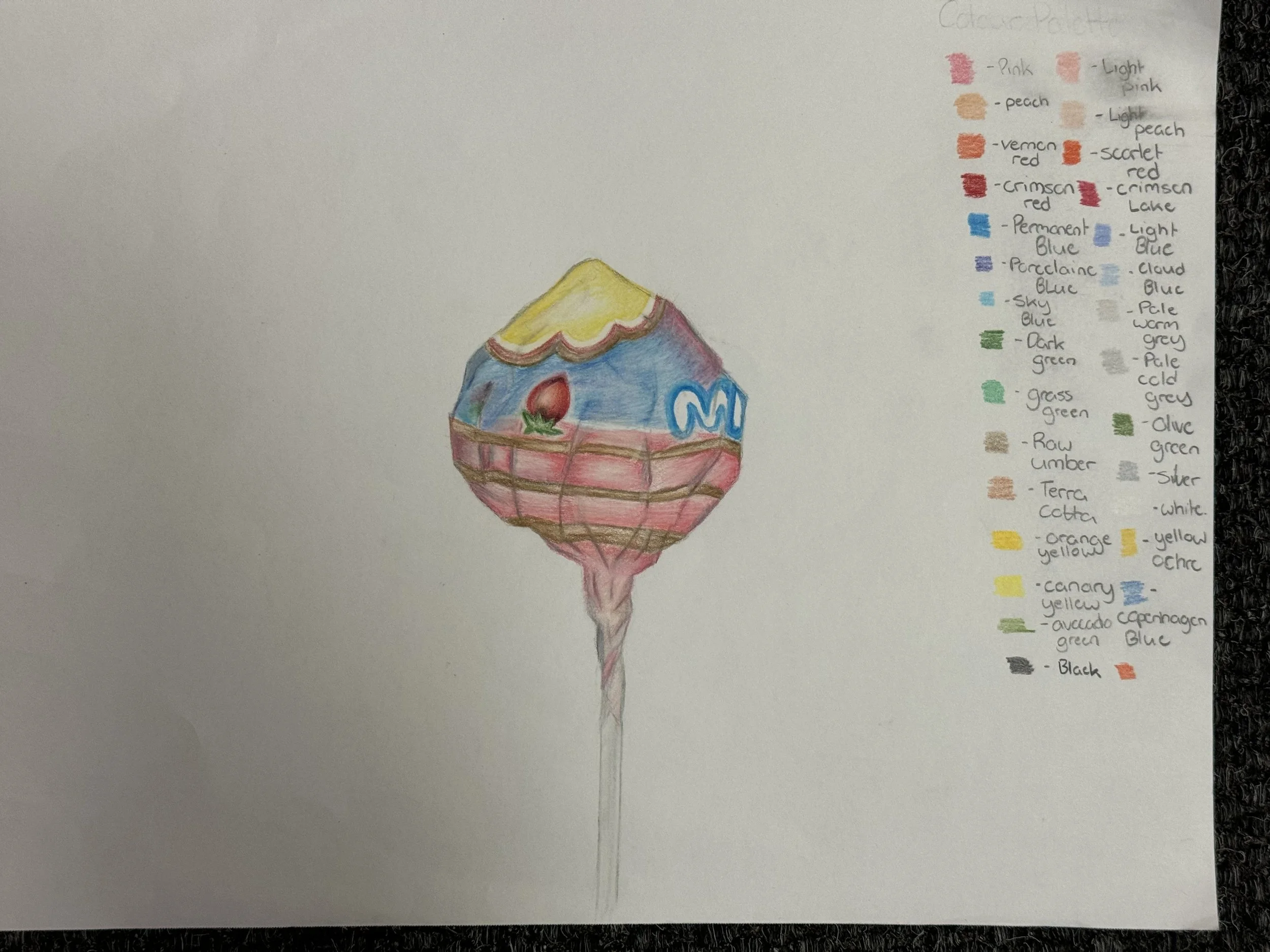
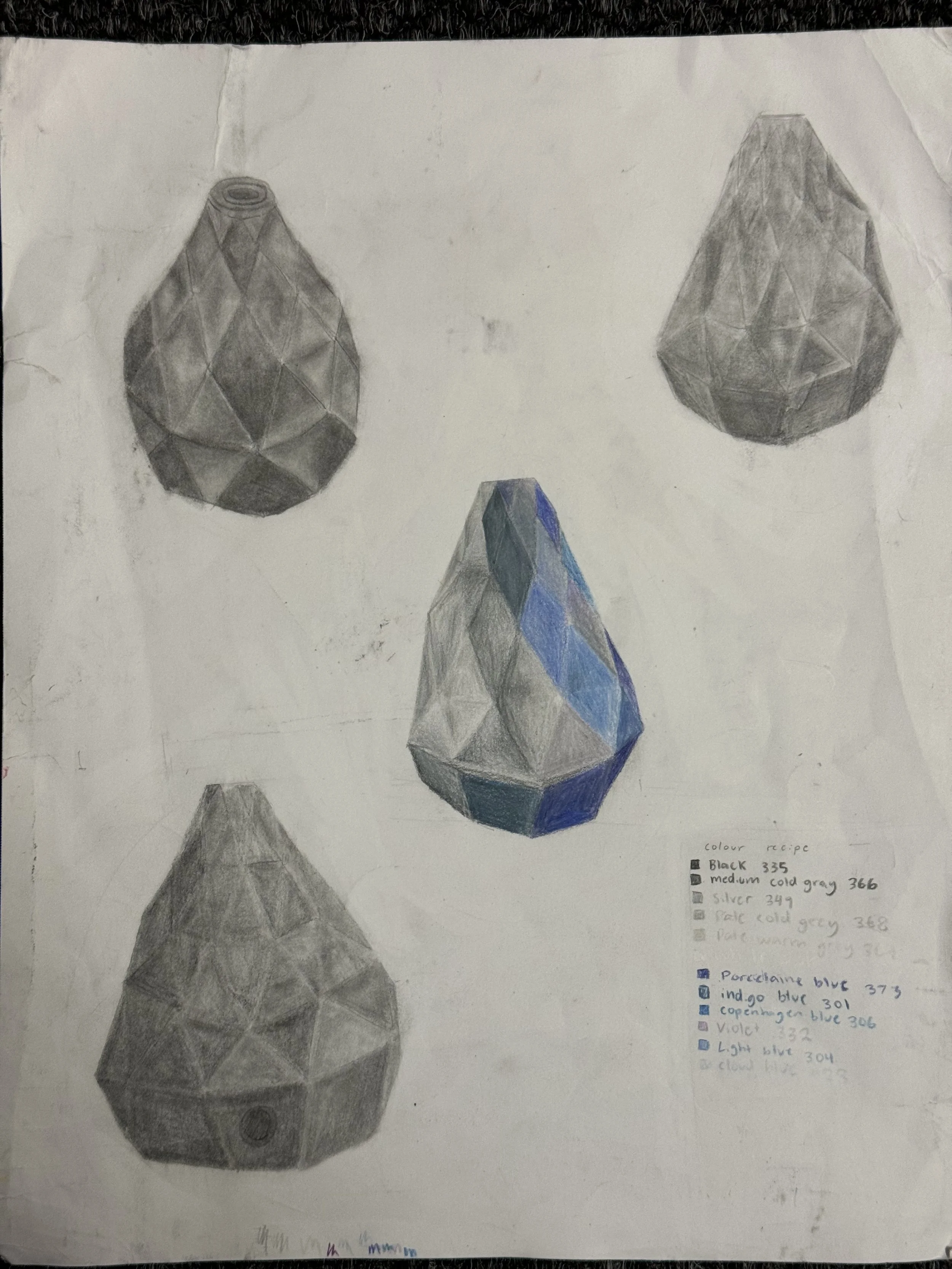

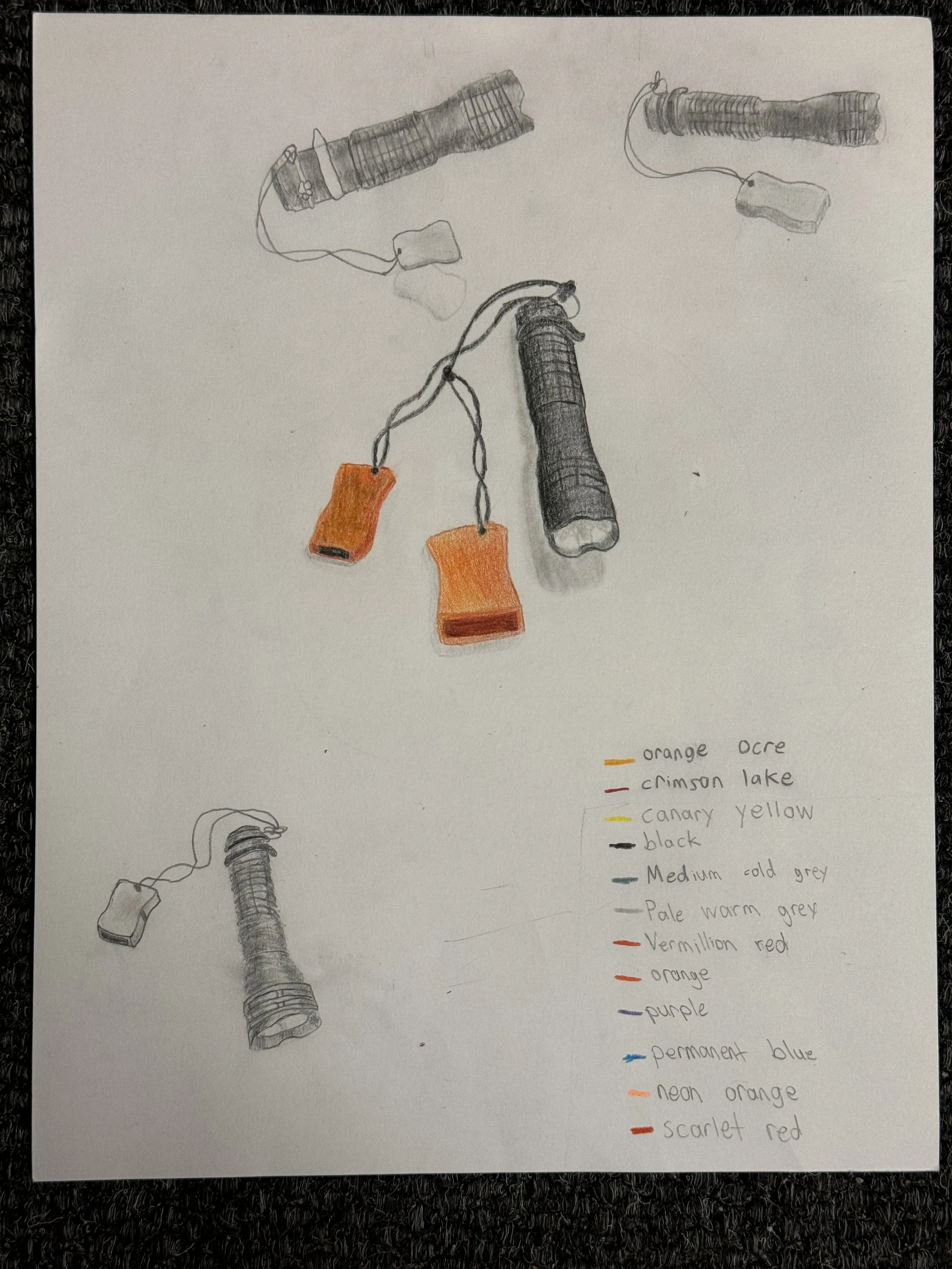
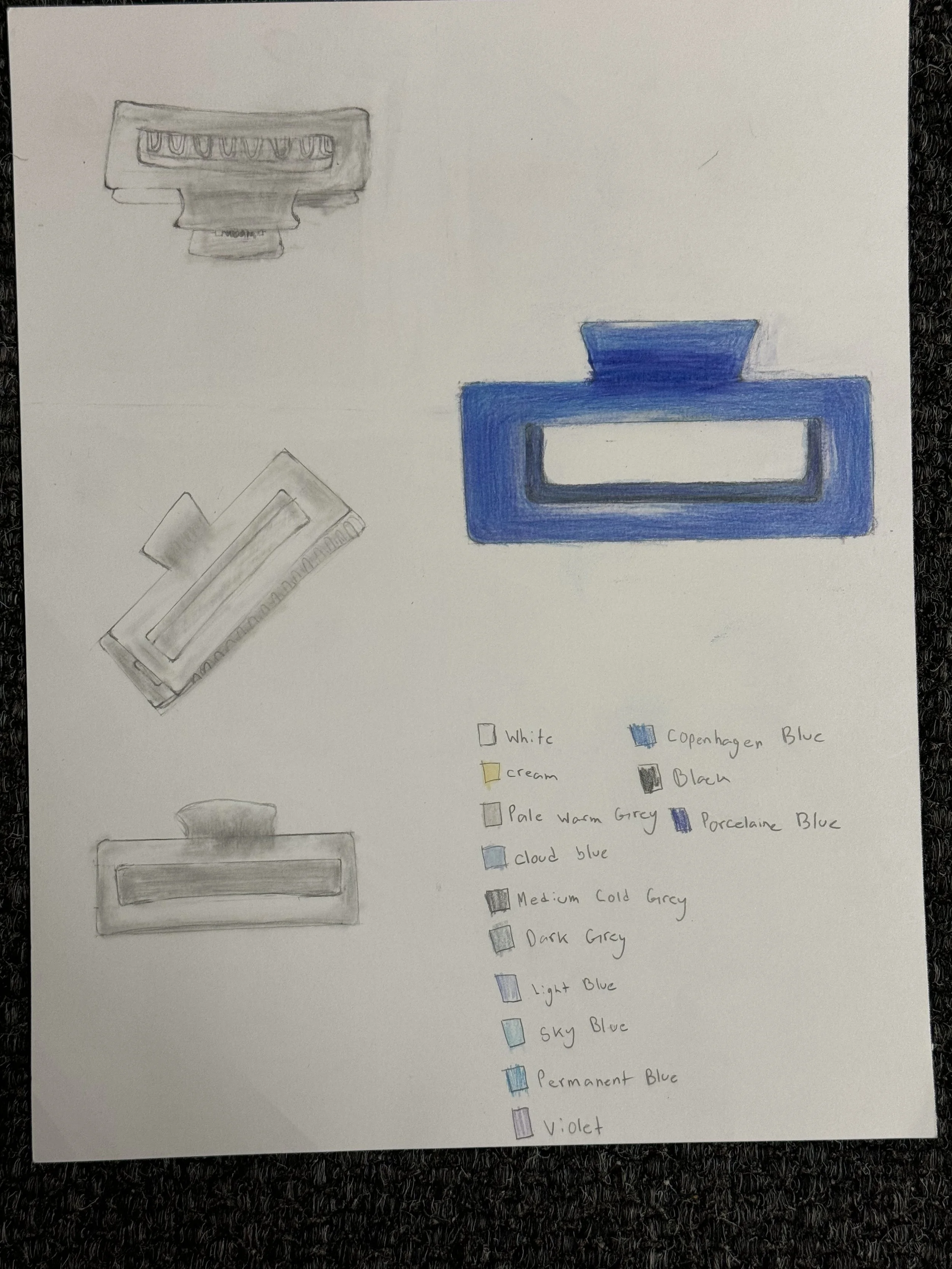
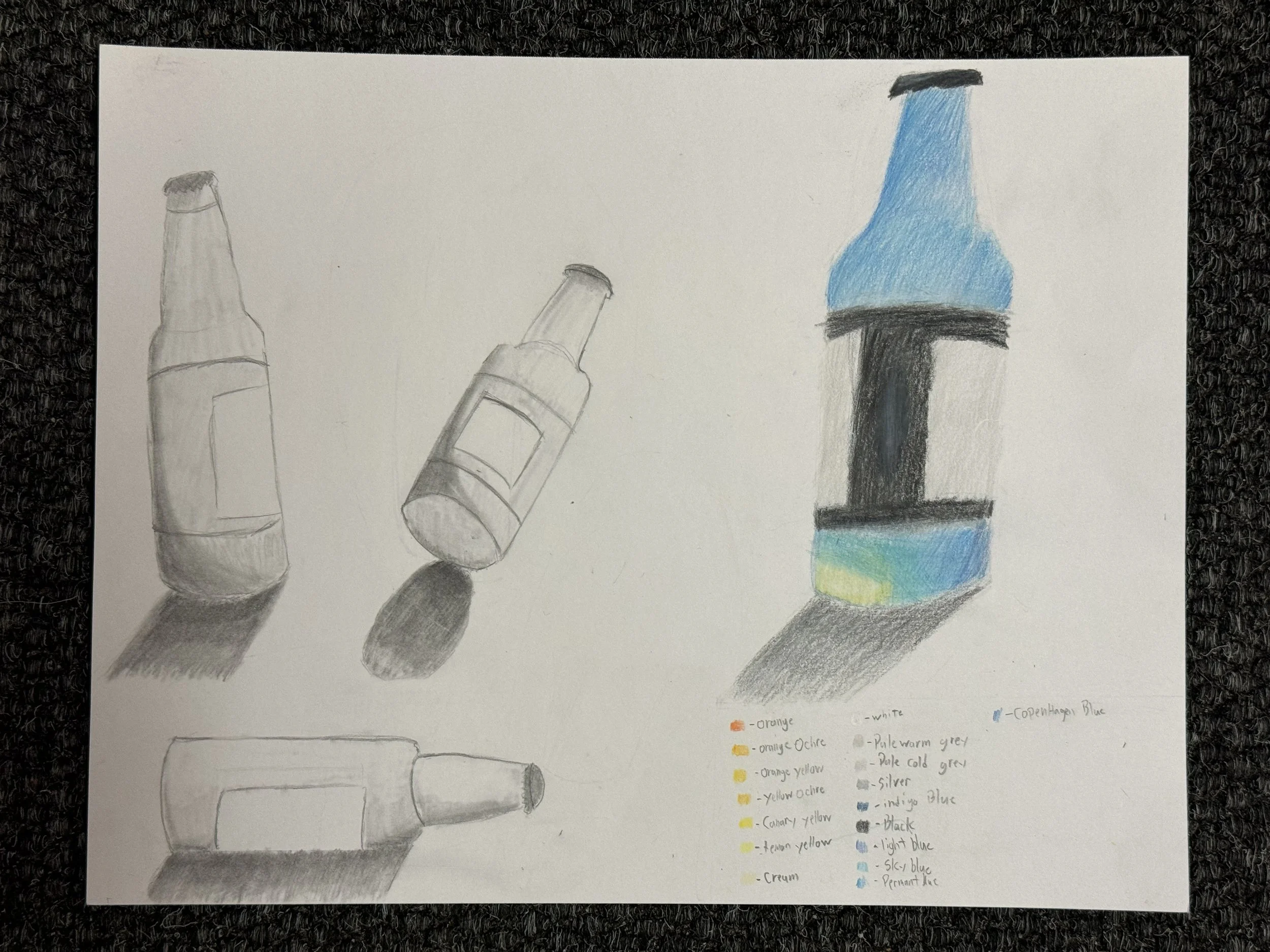
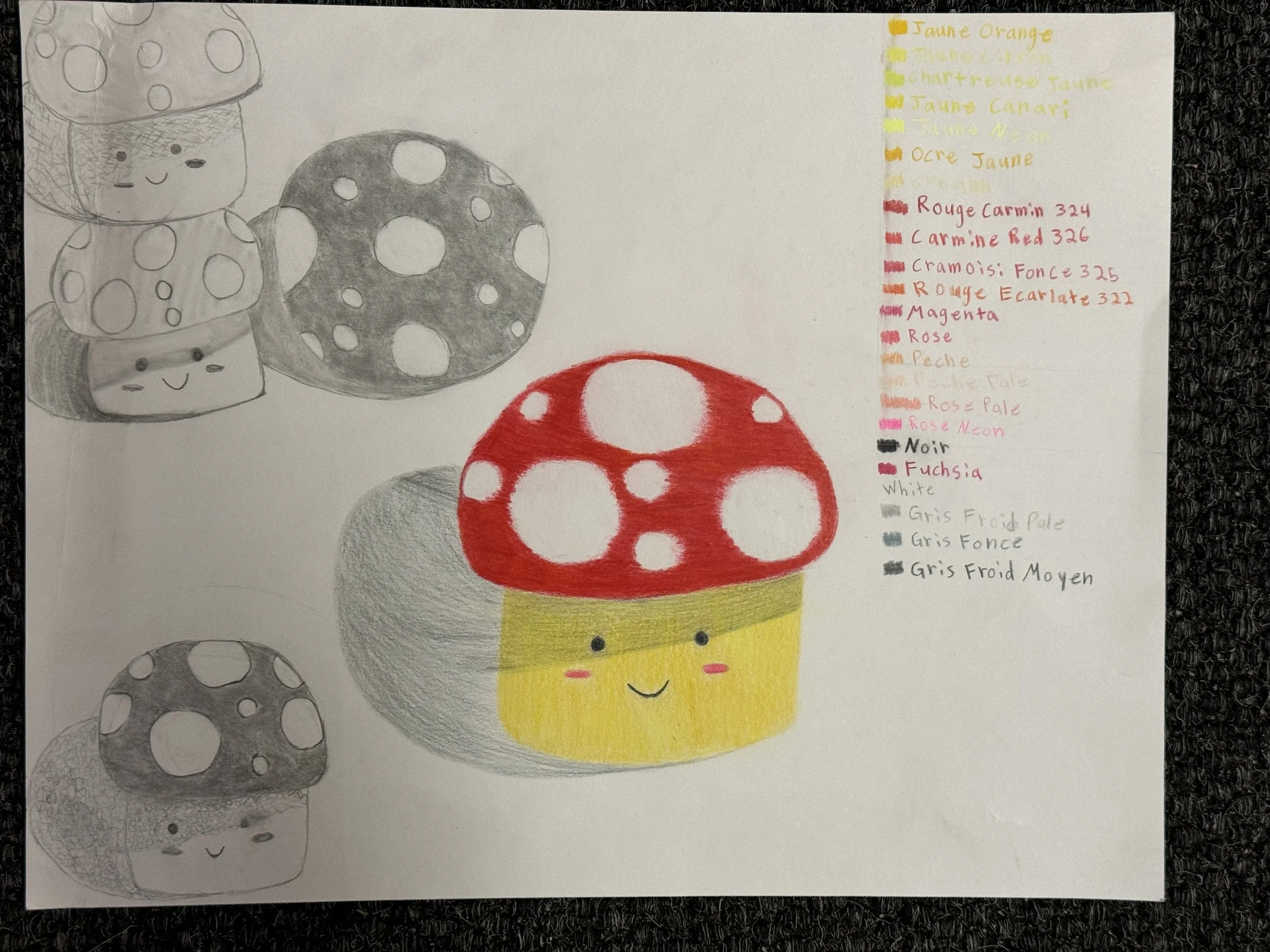
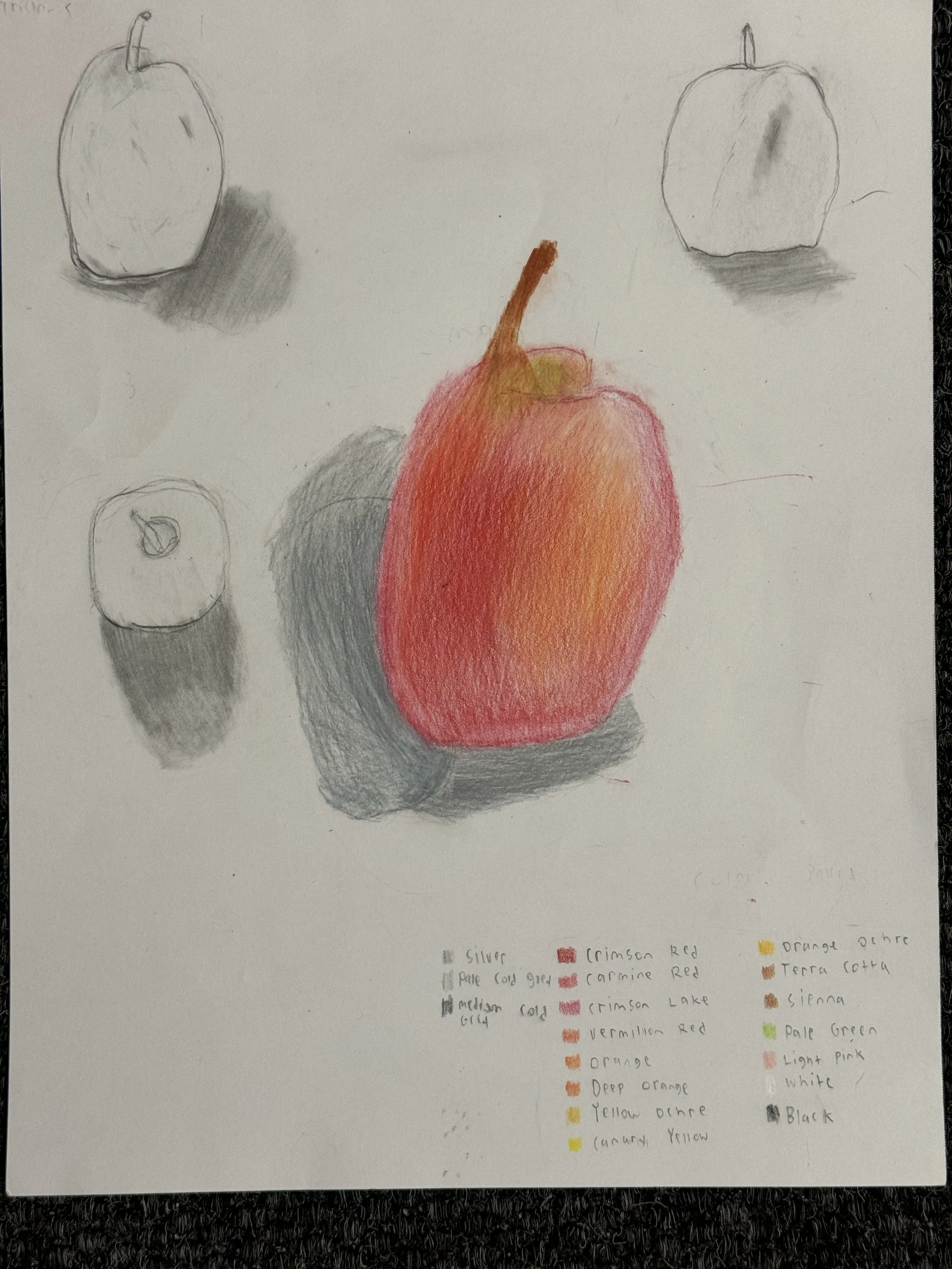
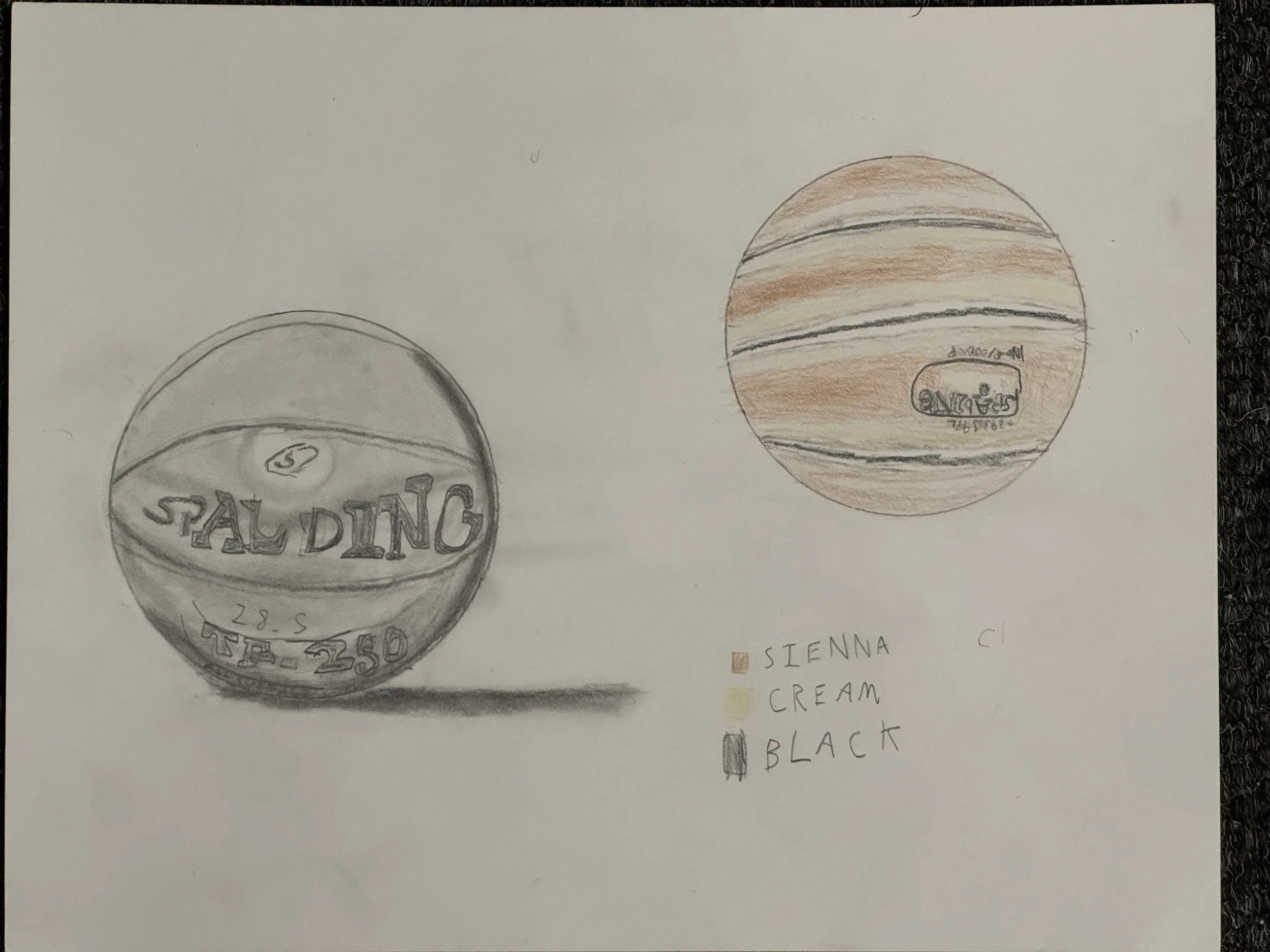
Simple Object Project - Version 2
This project was a simplified continuation of the original Simple Object assignment, designed for novice art students who were just beginning to explore the principles of art. The objectives remained the same:
To learn the basic fundamentals of colored pencil techniques, including color blending and creating volume through value and texture.
To study a simple object by quickly sketching it from various angles and proportions using graphite.
To render the chosen object using realistic colored pencil techniques.
For this version, I selected the objects to ensure simplicity and support realistic outcomes. Students were given the choice of three reference objects, and unanimously chose to render a white porcelain bowl. This provided an excellent opportunity to explore the challenge of depicting a white object on a white surface — an exercise that required careful observation of subtle shifts in light, shadow, and tone. The overall goal was to help students develop a deeper understanding of form through close analysis and technical practice. Due to time constraints, students completed their final renderings exclusively in colored pencil.
